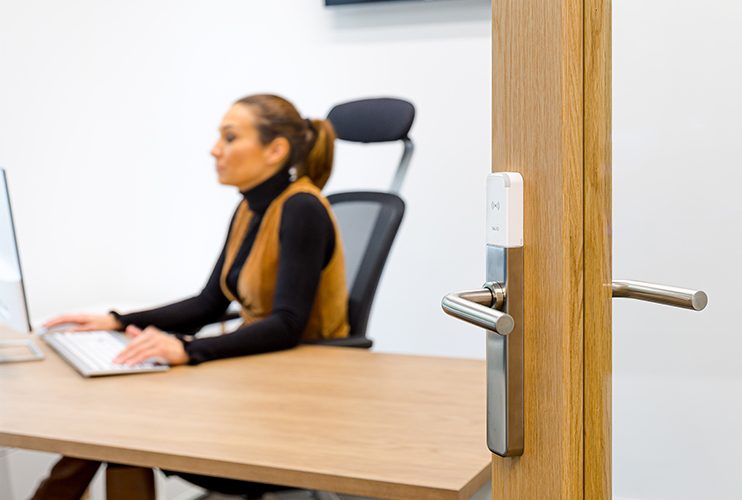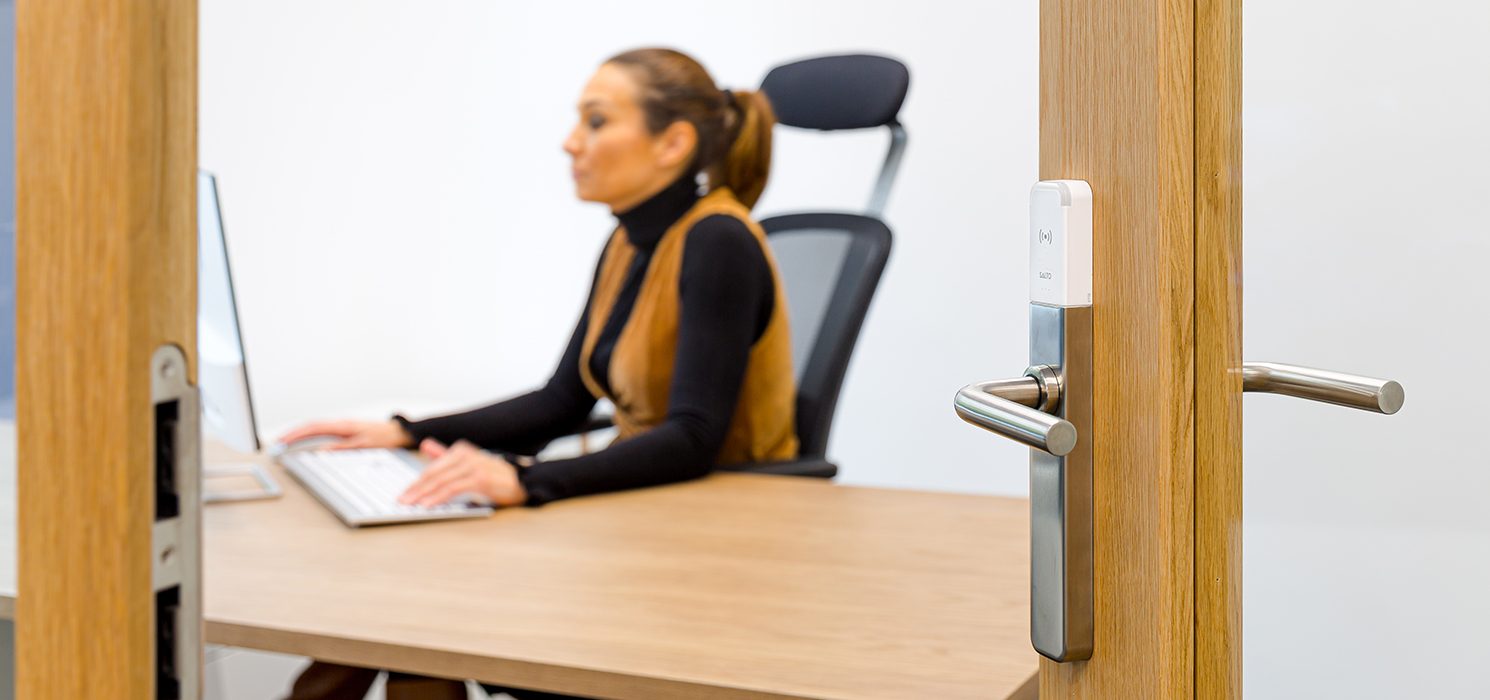Take the security of your access control operations to the next level by enabling two-factor authentication
Two-factor authentication (2FA), or multi-factor authentication (MFA), can be used as an added layer of security for your account on top of your username and password.
As technology advances, so does the risk of potential crime or fraud. Luckily, we can leverage technology to prevent this exposure and provide ourselves a more secure experience in our daily digital activities.
The standard practice of login credentials in the form of usernames and passwords can make it easy for criminals to invade your privacy, steal this information and gain access to personal accounts. This is where two-factor authentication comes in – it offers an added layer of security, protecting us from unauthorised access.
Two-factor authentication (2FA), or multi-factor authentication (MFA), can be used as an added layer of security for your account on top of your username and password. When 2FA is enabled, your account has extra protection should your credentials or device ever be compromised. A user’s identity is verified through a combination of two separate components,or factors, to confirm their authenticity. The first factor is the set of credentials used to log in to your account, while the second can take the form of a code sent to a device or portal to which you have access.
Without access to this second factor – typically a personal device – the hacker or cyber criminal cannot enter your account.
SALTO Systems regards your security as our highest priority. That’s why we offer two-factor authentication across all our smart access platforms, giving you the opportunity to enable a more secure experience for your daily building operations. Read on to learn how to use this feature and enable it on your SALTO KS and SALTO Space account!
SALTO KS - Cloud-based smart access platform
How to enable and use 2FA as a SALTO KS user
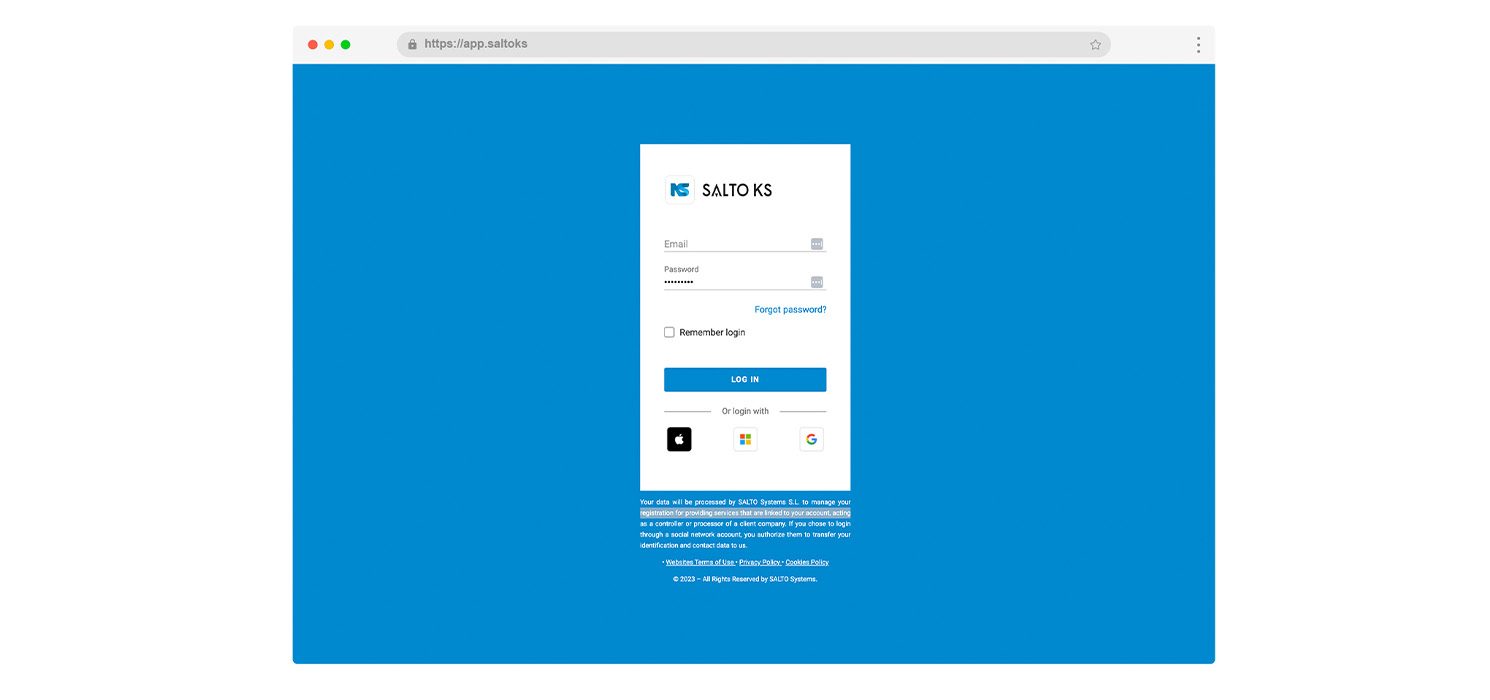
Step 1: To enable 2FA, sign in to your SALTO KS account and navigate to the Profile page. Here, click on ‘Manage Profile and Settings’ beneath Profile Information.
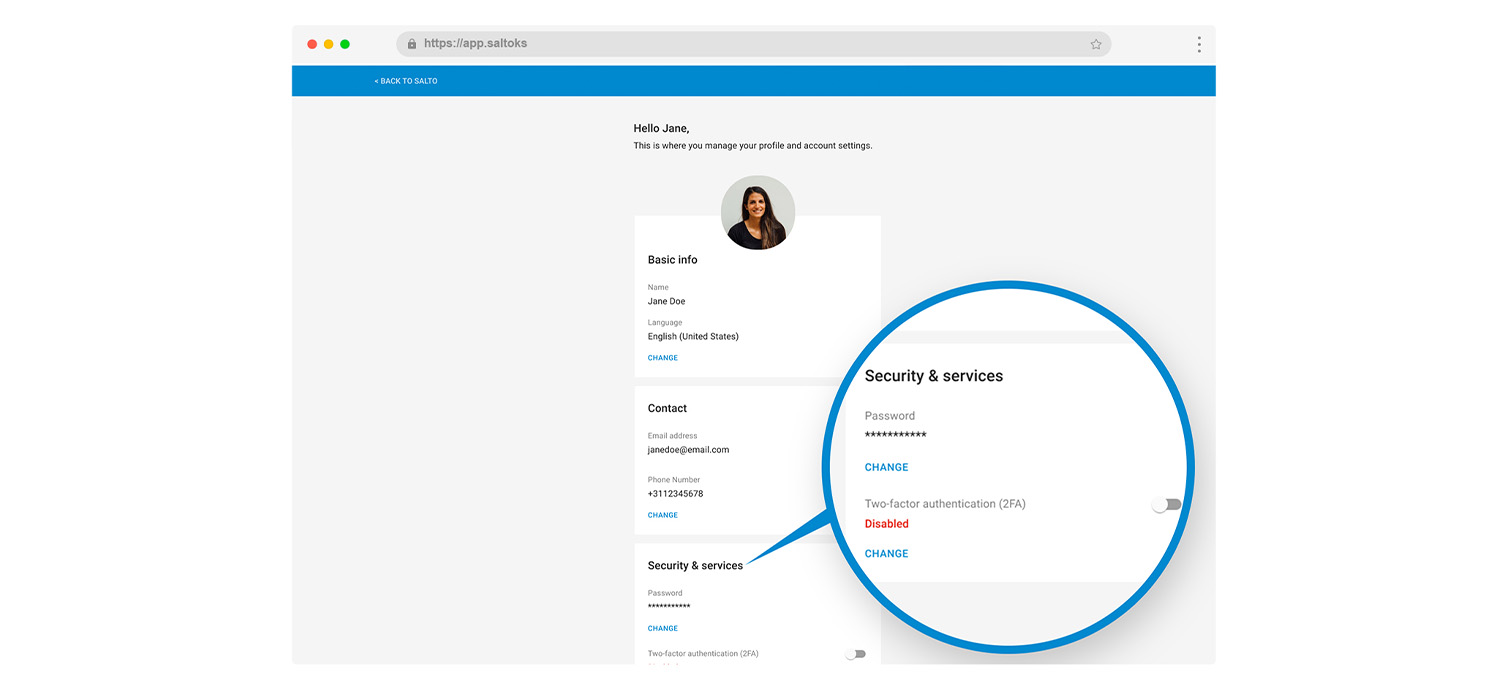
Step 2: From there, scroll down to your ‘Security & Services’ section, where you can choose to either have two-factor authentication ‘Enabled’ or ‘Disabled’.
Step 3: After you have enabled 2FA, you’ll be required to enter your password again for security purposes. You will then need to select your 2FA method of choice – whether that’s an authenticator app, SMS or email.
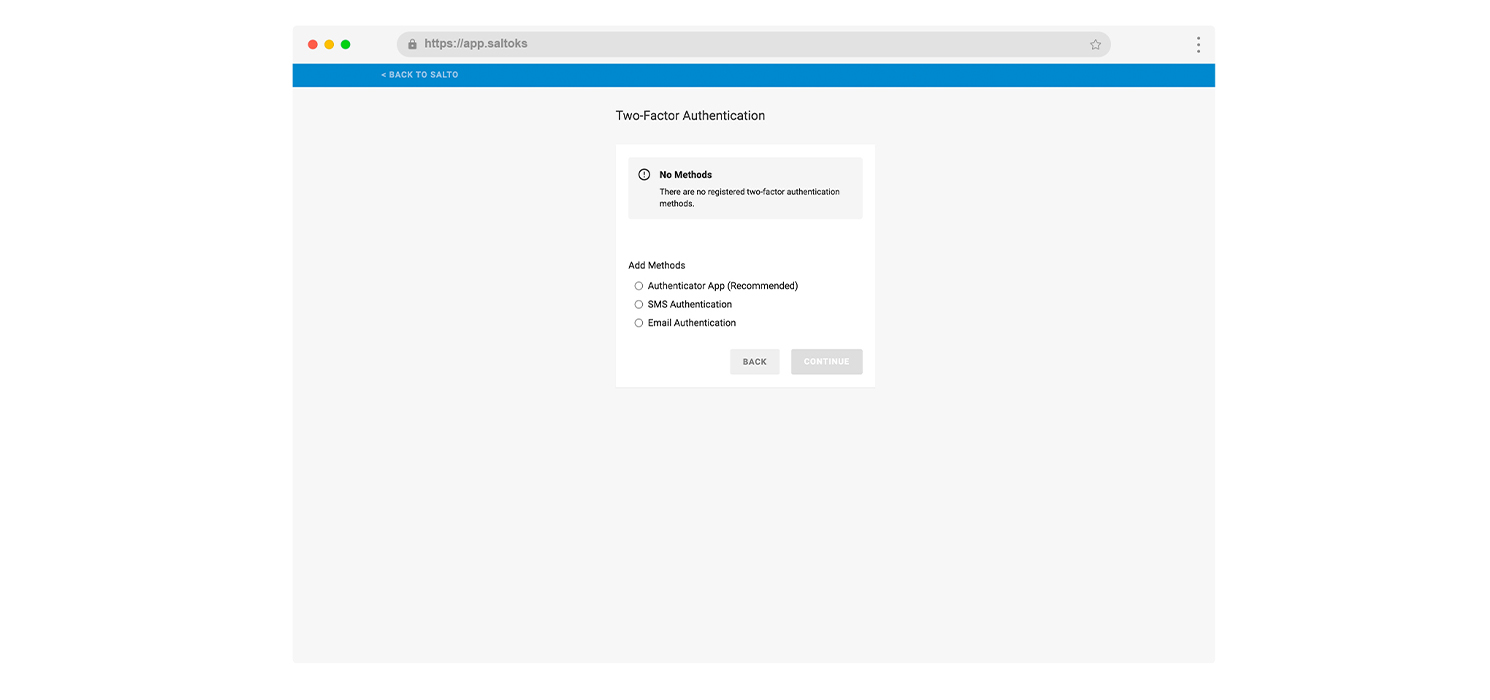
Step 4: Once you sign in, you’ll be asked for a verification code, that is, the second factor. Depending on the 2FA method you have enabled, you must provide this code by using your authenticator app or checking messages for the verification code sent to you via SMS or email.
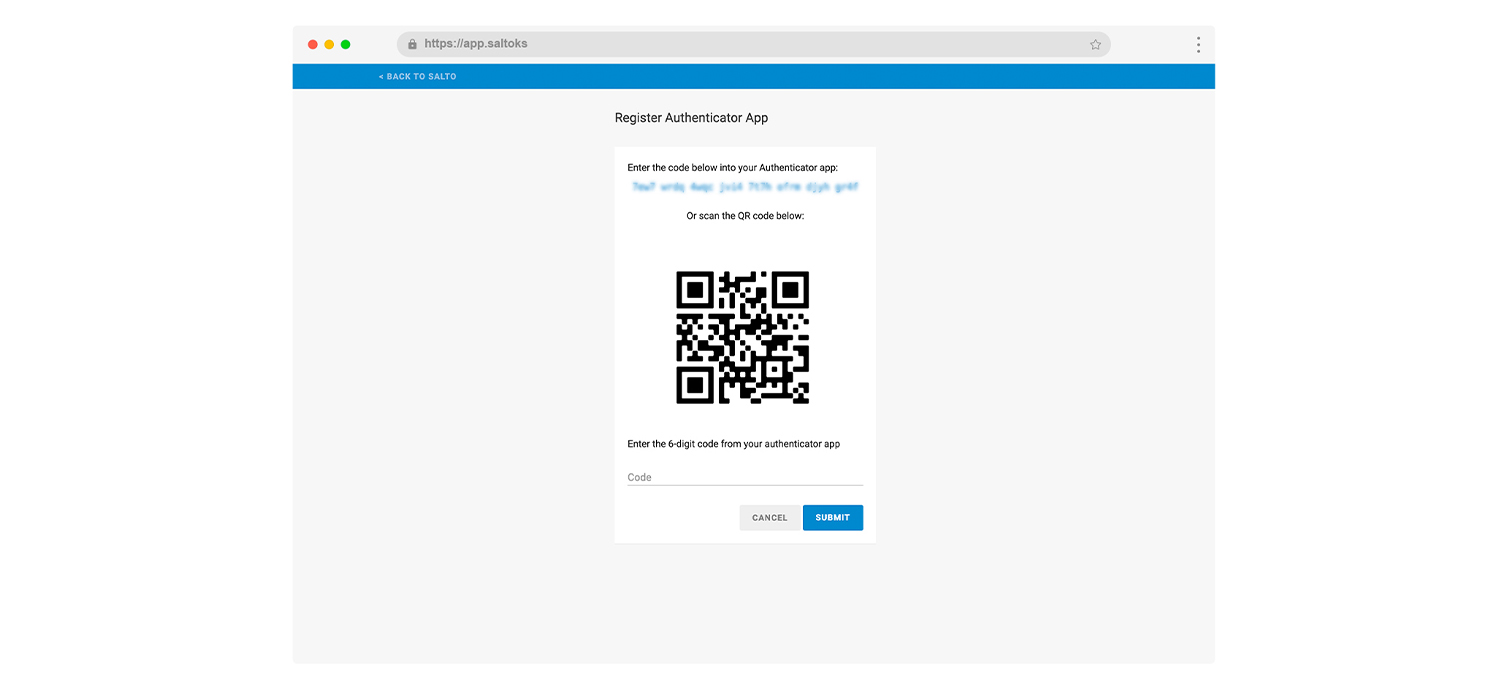
Step 5: In the event you’re unable to log in using one of the authentication methods you’ve configured, you can use the Recovery Code. This is generated for you when enabling your 2FA method.
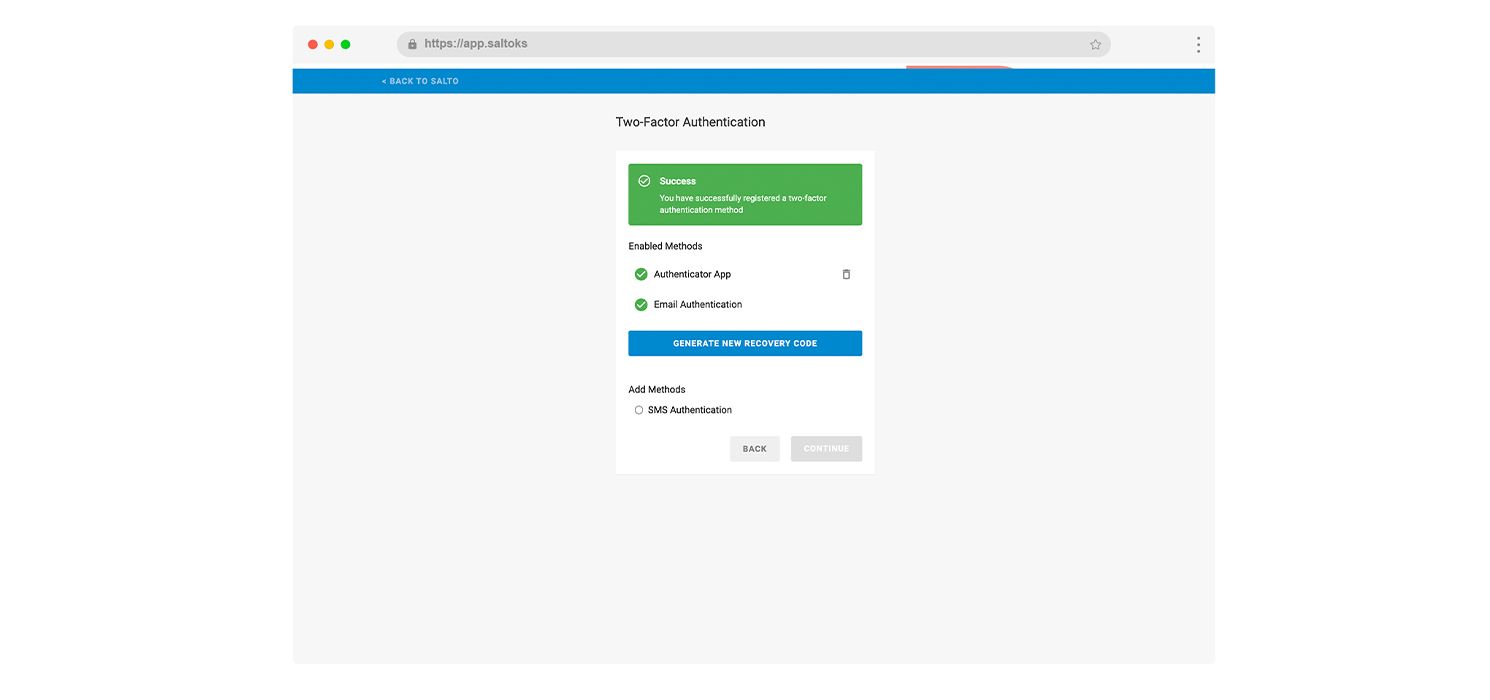
SALTO Space - Smart standalone, virtually networked access control platform
How to enable and use 2FA as a SALTO Space user
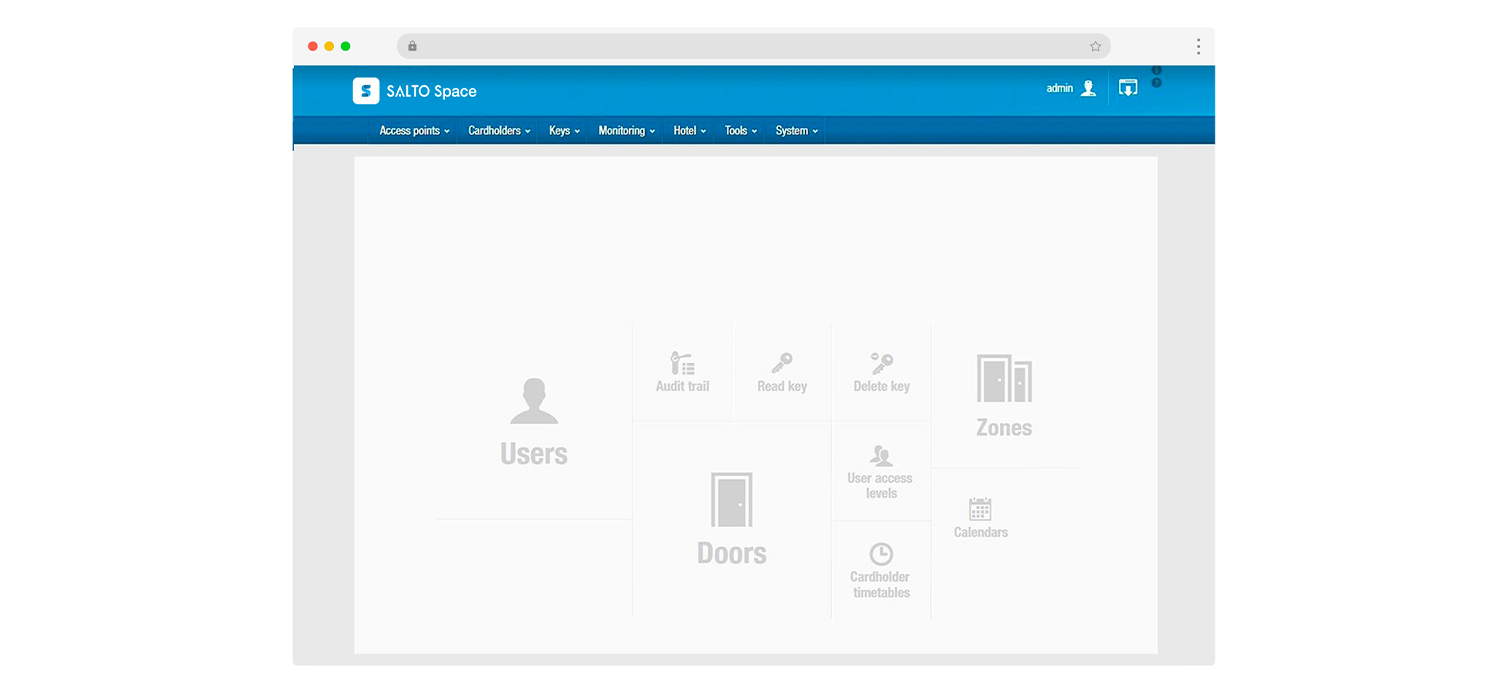
Two-factor authentication is an extra layer of security used to ensure that people trying to gain access to an online account are who they say they are. First, a user will enter their username and password. Then, instead of immediately gaining access, they will need to provide the code sent to their personal device via an authenticator app.
To get started, a user must download and install a free 2FA app like Google Authenticator, Authy, or Microsoft Authenticator on their smartphone or desktop. At login, the user first enters a username and password and then, when prompted, inputs the code shown on the app. This code is only valid for a minute.
Step 1: Press ‘TURN ON’ two-factor authentication. It will display the following screen:
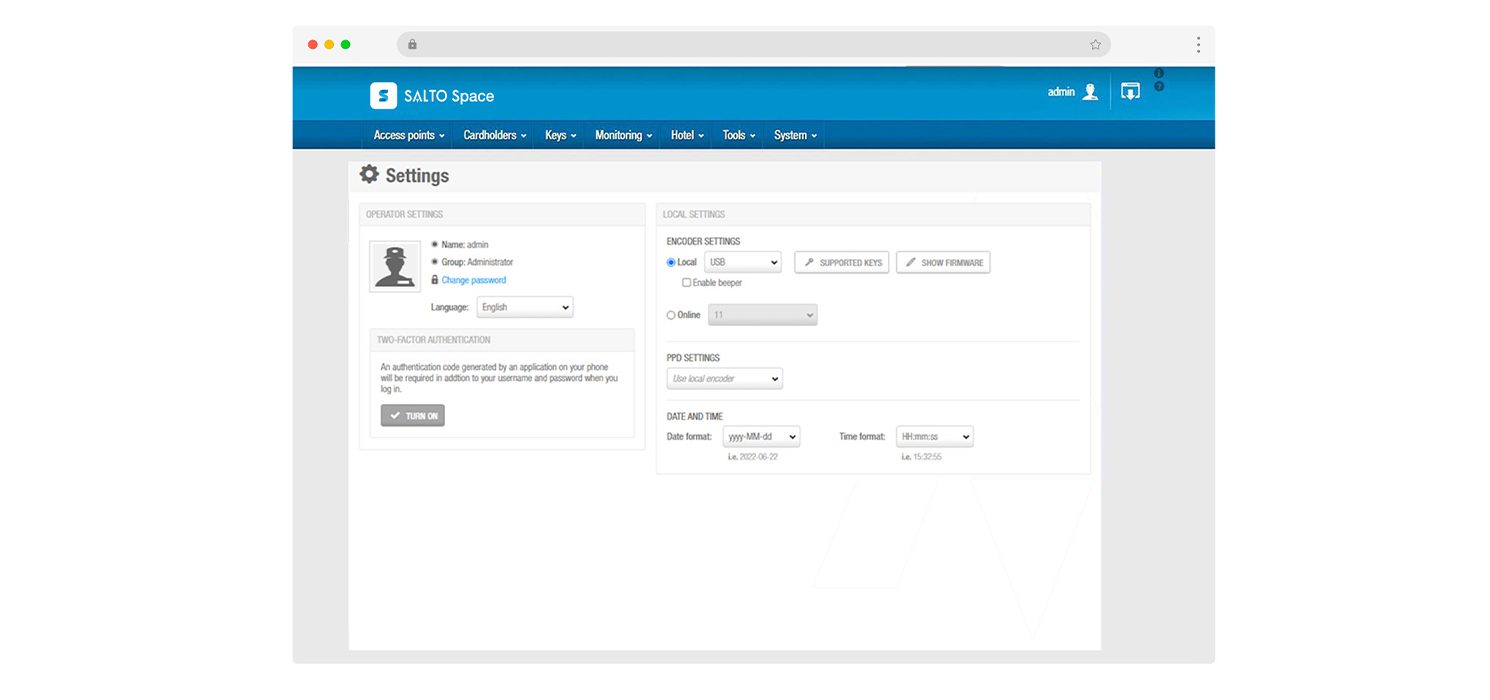
Step 2: Follow the steps provided, enter the authentication code, and press ‘TURN ON’
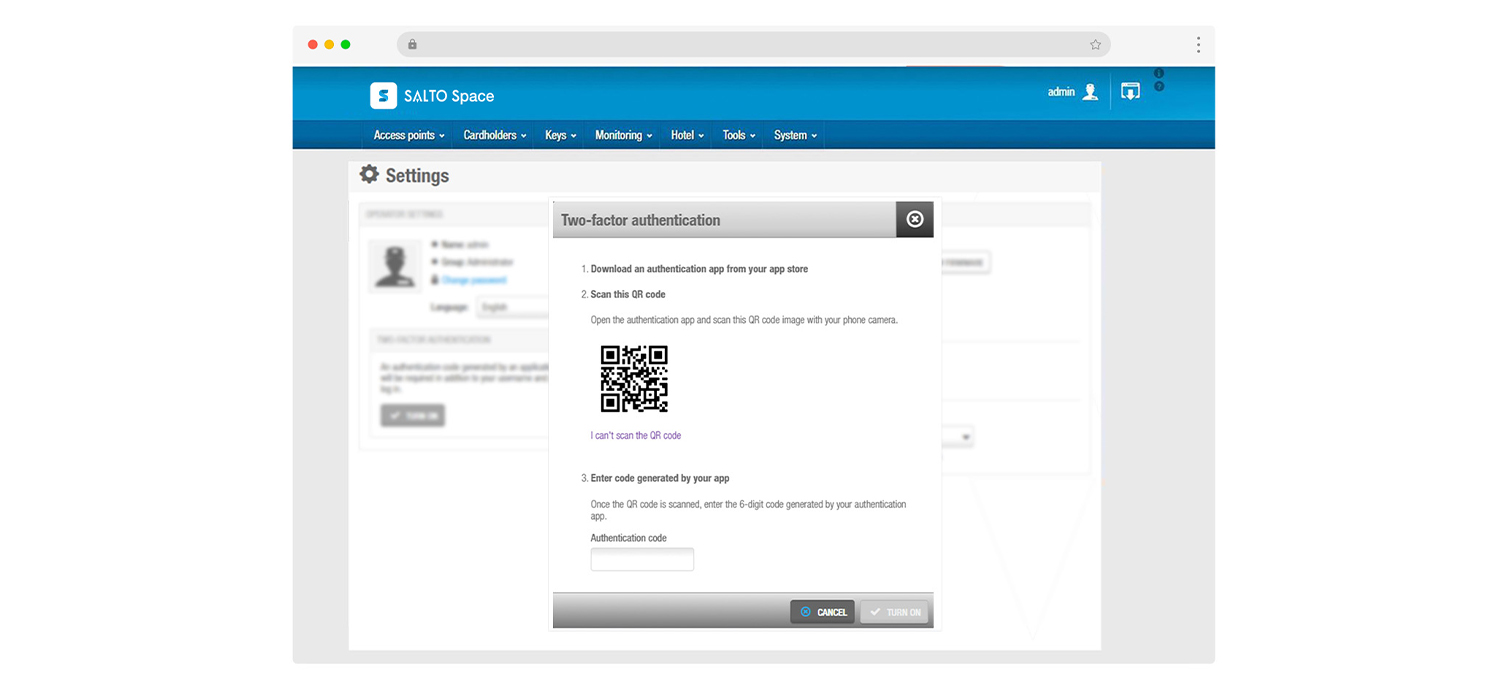
Step 3: The operator will then activate 2FA (two-factor authentication).
SALTO Systems is committed to providing you with a fast, easy, and seamless access control experience that is also safe and secure. Our best-in-class access control solutions offer a range of advanced security features, ensuring your systems are safe from hacks, attacks, and cyber crimes.
With two-factor authentication, alongside real-time monitoring, remote access control, audit trails, and different keyless access methods, our robust, high-tech solutions can be easily integrated with other security systems and technologies.
Looking to learn more? Click here to discover SALTO’s smart locking and security solutions, and follow us on LinkedIn or Instagram for the latest updates.
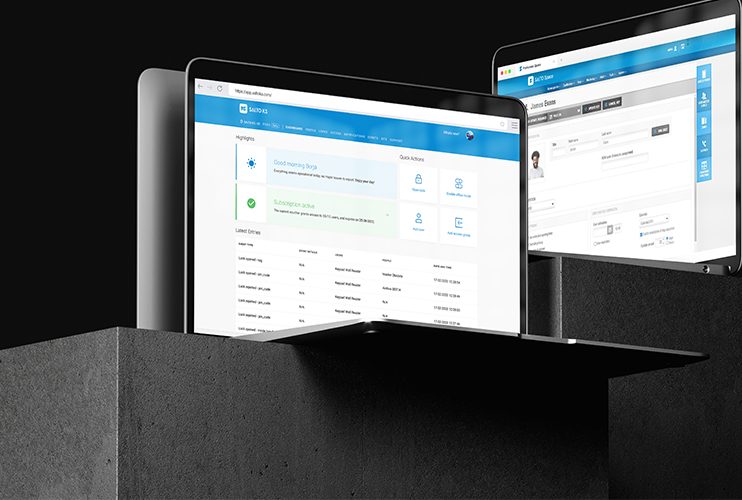
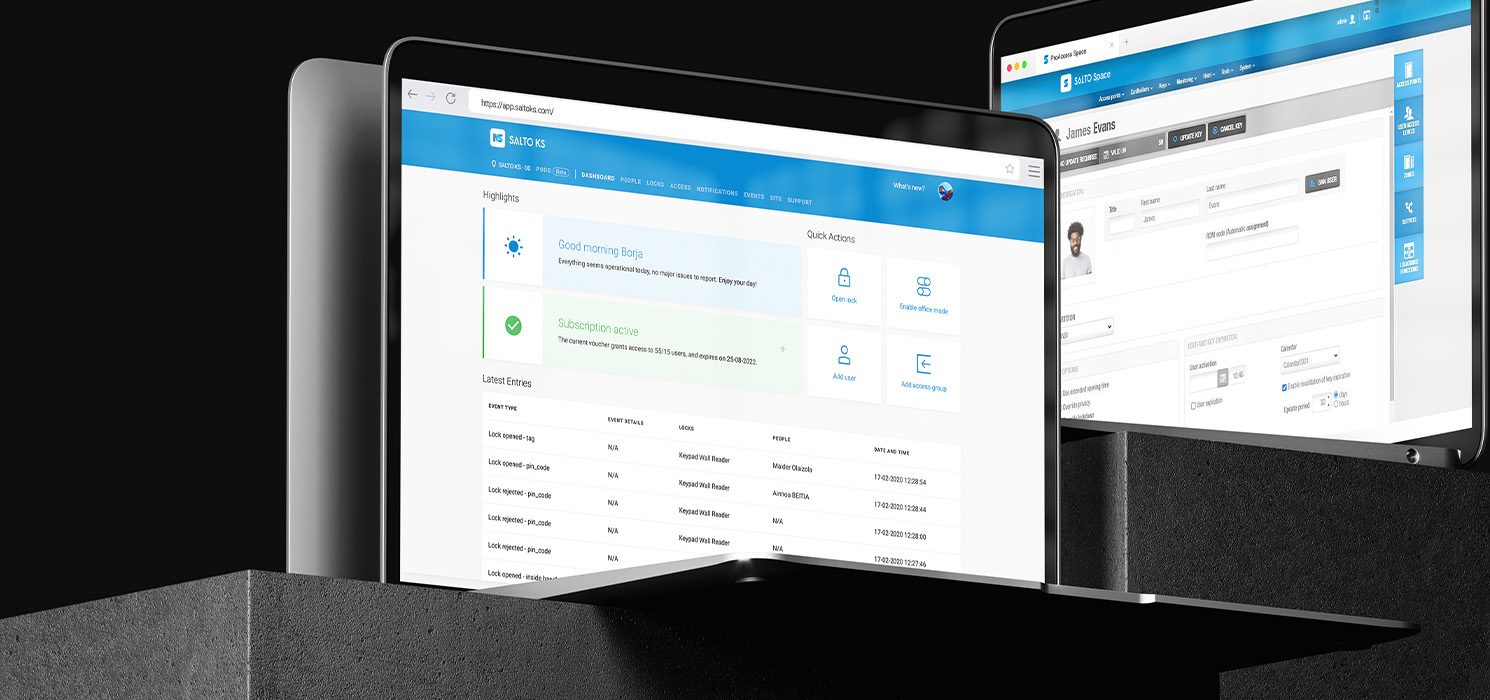
Which are the best access control systems for businesses? SALTO Systems will help you find the answer!
This is not an easy question to answer, but SALTO Systems’ product and service offerings certainly stand out.
Modern-day access control systems utilise electronic components to deliver a seamless keyless experience. Users and guests can enjoy an efficient, secure, and flexible solution that regulates who has access to different areas within your building or facility. The ability to monitor who enters and leaves the premises, and when, helps keep your business and property safe; it also lends a streamlined and professional feel to your operations.
The best door access control systems offer building operators greater functionality, flexibility, and oversight. They allow you to:
- Boost security by allowing only authorised users and visitors into certain parts of your building or facility. This reduces the chance of people accessing areas they do not hold credentials for – whether maliciously or by mistake.
- Prevent unauthorised users, residents, visitors or guests from entering restricted areas where sensitive information, like customer data, might be stored.
- Eliminate the need for mechanical keys, lock replacements, and complicated system configurations.
- Choose from two primary access control solutions – cloud-based access control or on-premise access control – and different access methods.
Which are the most popular access control systems?
There is a wide range of access control systems available on the market today. One option is the use of contactless proximity smart cards or RFID cards, which are issued to authorised personnel to grant access to spaces fitted with a card reader. Card-based access control systems are a popular choice because they are easy to use; the cards can also be easily deactivated if lost or stolen. In addition, the best card access systems can provide a detailed audit trail of who has accessed specific areas and when.
Mobile-based access control is another widely-used possibility. These systems utilise smartphones and digital technology like Bluetooth LE and NFC. They are becoming increasingly popular due to the high level of security, flexibility, and user experience they offer.
Other common access control methods include PIN code keypad access, biometric access – such as facial recognition – and access via Apple Wallet using an iPhone and Apple Watch. Each of these methods boasts its own strengths and can be applied to different use cases but, ultimately, the choice of which method to implement will depend on the specific needs of the facility and organisation.
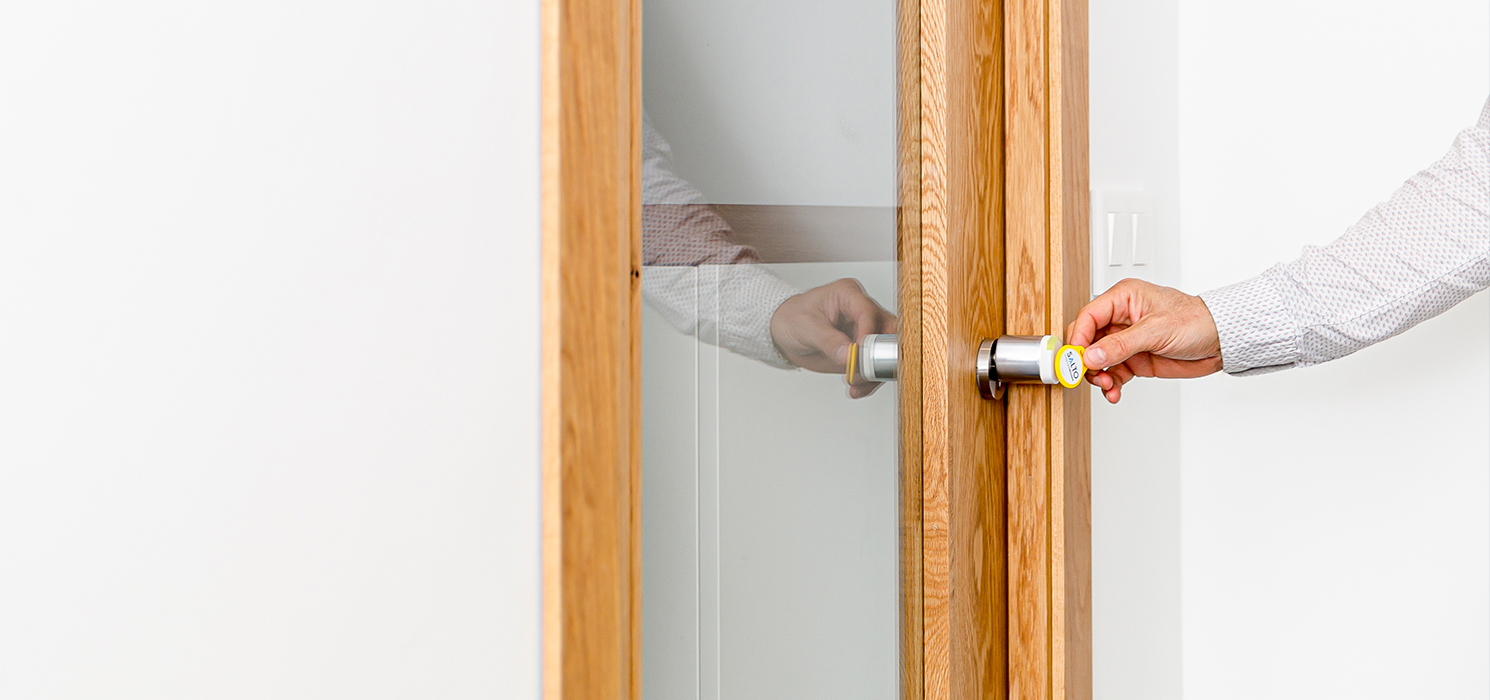
Choosing the best access control systems for businesses
Selecting the access control system best suited for your business depends on many factors, including use case, security needs, technology, integrations, installation size, and cost. The key is finding the right balance between your needs, project specifications, operational requirements, and functionality. Ultimately, the goal is to allow users to enter buildings when necessary while keeping unauthorised guests out of off-limits floors, zones, and spaces altogether – all while streamlining management to digitise your building operations.
Access control systems are an essential part of any business or building operations and security. They allow you to keep track of who is coming into your building, where they're going, and how long they have been inside. This can help ensure that unauthorised people cannot gain access to sensitive areas of your facility.
Take a look at the 10 features to consider when selecting an access control solution:
- Access methods and ID management. How do I manage access rights, methods, and permissions in a select access control system?
- Security requirements. What level of security do you need?
- Facility needs. What is the size and layout of your facility, the number of people who need access, and the type of assets you want to protect?
- User needs. What are the needs and preferences of the users and visitors who will be accessing the facility? Consider factors such as ease of use, access method, and operator needs.
- Integration. Does the access control system need to integrate with other security systems, such as video surveillance or alarms, or to extend access control to elevators?
- Scalability. Will the system need to accommodate future growth or changes in your facility?
- Compatibility. Does the system work with your existing doors and IT infrastructure? Retrofit installation requirement that prioritizes existing doors.
- Cost. What is your budget, including installation and ongoing maintenance costs?
- Maintenance and support. What level of maintenance and support does the brand provide? Do they offer a warranty or service agreement?
- Compliance. Does the access control system comply with General Data Protection Regulation (GDPR) criteria, cybersecurity and environmental regulations, and all other relevant certifications and standards for your industry or location?
At SALTO Systems, our certified security partners can give you all the information you need to determine the ideal access control system for your needs. But, before making your decision, here are a few other tips to help you pick the best access control system:
- Don't rely on the cheapest option – it may cause more problems in the long run.
- Don't underestimate the importance of user training and support.
- Avoid access control systems that are not scalable or flexible enough to meet your future needs.
- Avoid access control systems that don’t adapt to your needs, existing infrastructure, and existing doors.
- Avoid access control solutions that don't comply with GDPR or cybersecurity requirements and environmental policies.
- Don’t choose an access control system that cannot adapt to different access points or doors, or those which require wiring and entail high hidden costs.
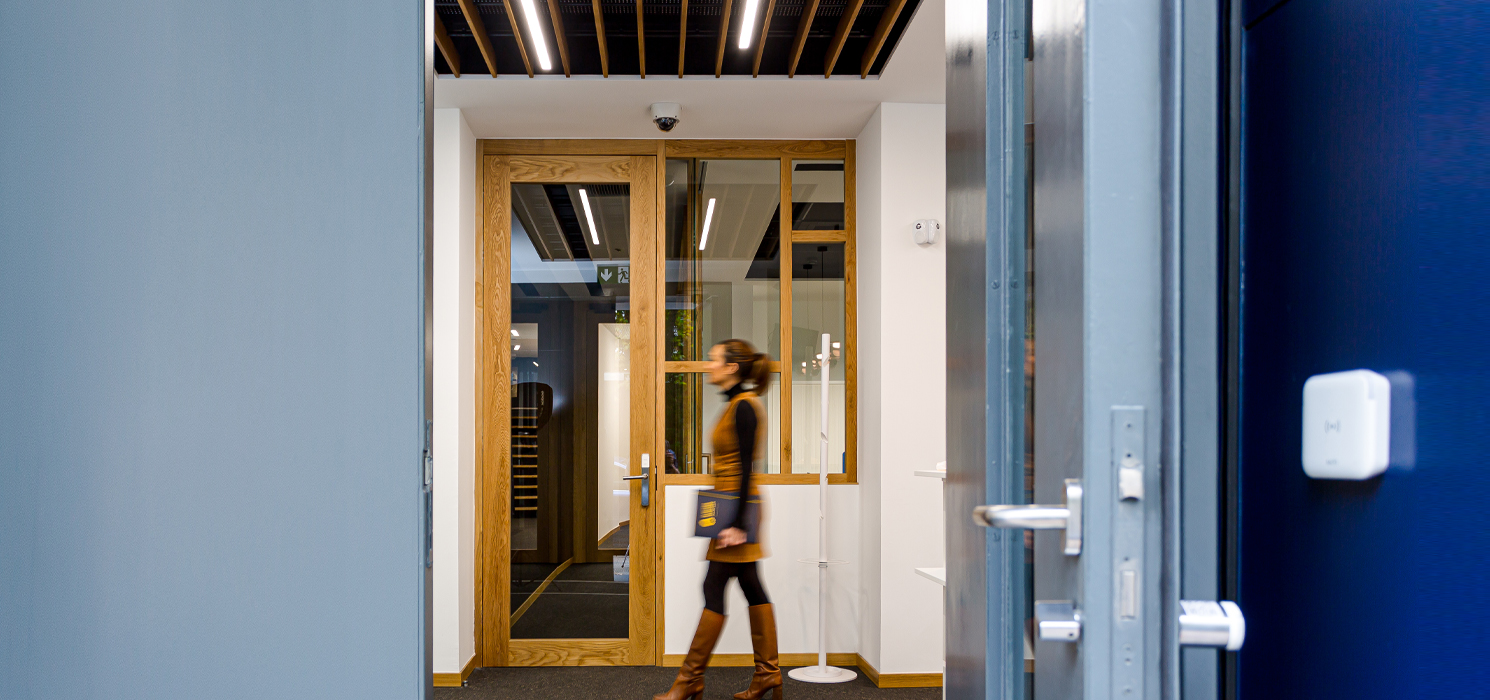
The top access control system solution
This is not an easy question to answer, but SALTO Systems’ product and service offerings certainly stand out. We offer a broad range of solutions, including stand-alone card-based access control systems, mobile access solutions, and wireless locking systems including cloud-based or on-premise access control solutions.
One of our unique features is our use of wireless smart access technology and HW customization capabilities – allowing our wire-free systems to be easily installed and configured without the need for extensive wiring or infrastructure additions.
SALTO’s best-in-class access control systems also offer a range of advanced features such as real-time monitoring, remote access control, audit trails, and different keyless access methods.
We are well known for our innovative approach to access control, and our solutions have been implemented successfully across a variety of industries and applications. Our robust systems are designed to be seamless, user-friendly, and flexible, allowing for easy integration with other security systems and technologies. Indeed, this is one of the reasons why so many businesses continue to trust us with all of their keyless access control needs.
Looking to learn more? Click here to discover more about SALTO’s smart locking solutions for smart building management, and follow us on LinkedIn or Instagram for the latest updates

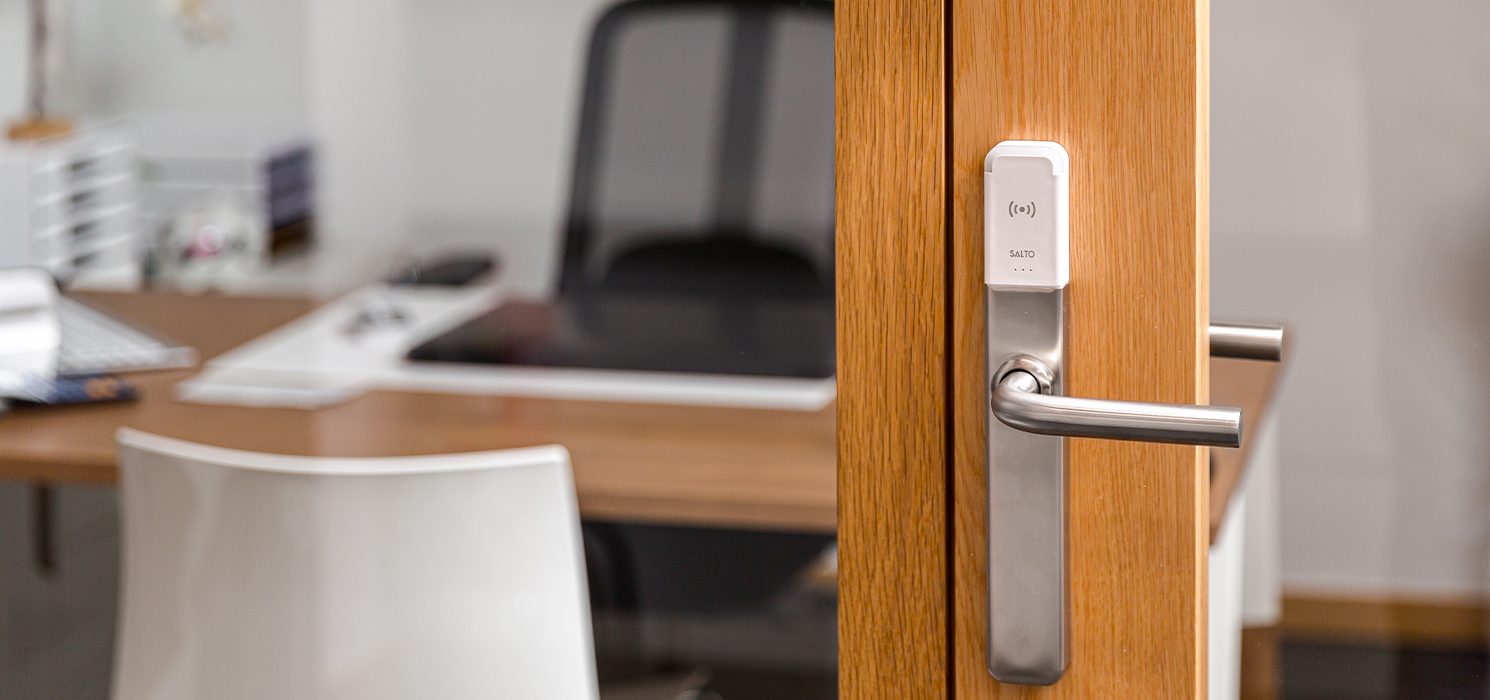
Cloud-based or on-premise access control solutions: Which one should you choose?
Choosing between cloud-based and on-premise access control solutions can be a difficult decision, as both types of solutions offer their own unique benefits.
In today's world, access control is an essential part of any building's operations and security system. Smart access solutions have also evolved with the increasing need for smart buildings and the rise of cloud-based technology. However, choosing the right access control solution can be challenging, as there are many factors to consider, including cost, use case, installation size, technology, integrations, and security.
Building operators can choose from two primary access control solutions: cloud-based access control and on-premise access control. In this blog post, we will discuss the differences between the two and highlight the advantages and disadvantages of each.
Cloud-based access control solutions
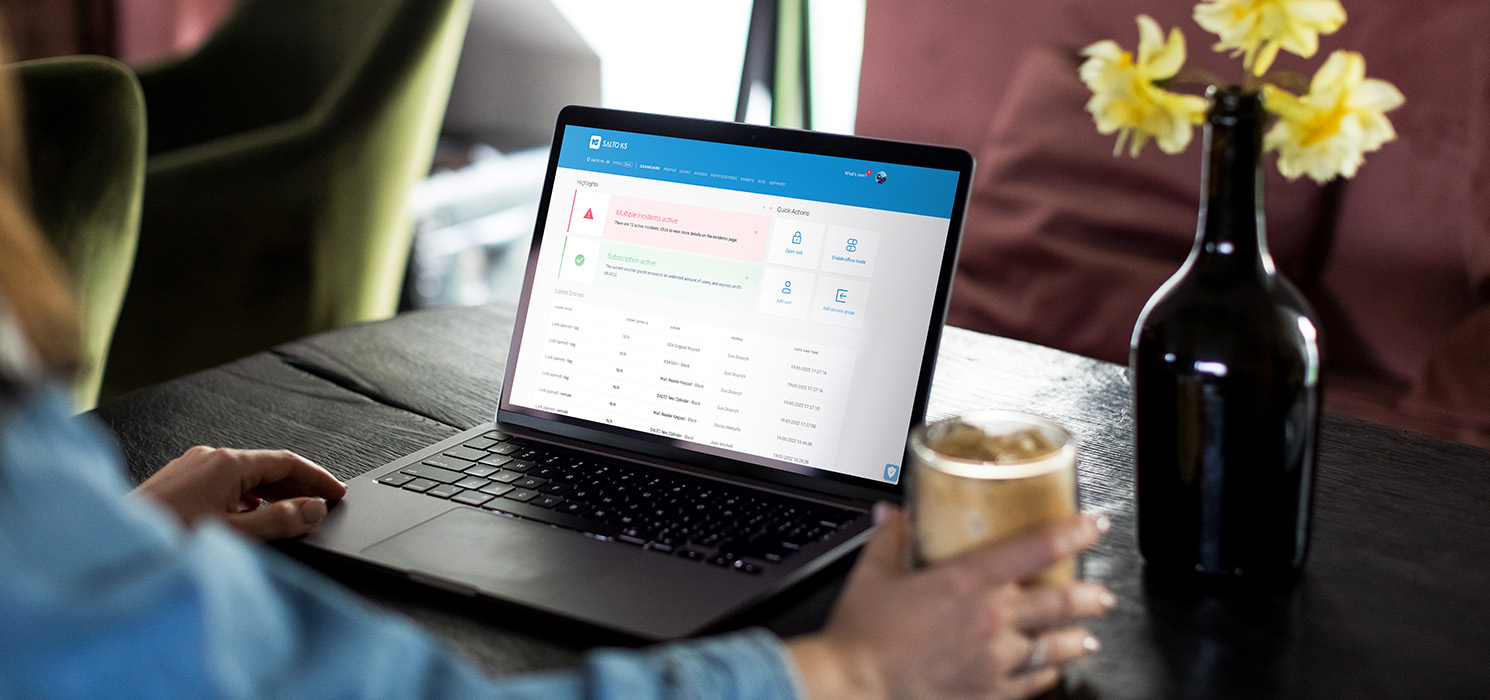
Cloud-based access control solutions (ACaaS - Access Control as a Service ) store the software and all the data in the cloud. The cloud-based system allows administrators to manage and control access to their facilities, devices, and data from anywhere with an internet connection. These solutions are becoming more popular because they offer flexibility, scalability, future-proof integration capabilities, and cost savings.
Cloud-based access control solutions are hosted on remote cloud servers. This means that system operators can manage their installation from anywhere with an internet connection – and with no need for any physical infrastructure. These solutions typically involve the use of software as a service (SaaS) platforms to ensure that they are secure and up to date, which offer a range of benefits to organisations, including:
- Scalability: Cloud-based access control solutions are highly scalable, which means that buildings can easily add or remove users, locations, or other resources as needed.
- Flexibility: One of the significant advantages of cloud-based access control is that the cloud service provider is responsible for maintaining the infrastructure. This means that organisations do not have to worry about maintaining the hardware or software required to run the access control system, increasing flexibility and system capabilities.
- Cost-effectiveness: Cloud-based access control solutions often require lower upfront costs than on-premise solutions, as they do not require organisations to purchase and maintain expensive hardware, physical infrastructure and software.
- Integration capabilities: With cloud-based access control solutions, organisations can easily integrate their access control systems with other cloud-based services, such as video surveillance, intercom, visitor management, PMS, or intrusion detection systems.
- Ease of use: Cloud-based access control solutions are typically designed with user-friendliness in mind, which means that they are easy to set up, configure, and use.
On-premise access control solutions
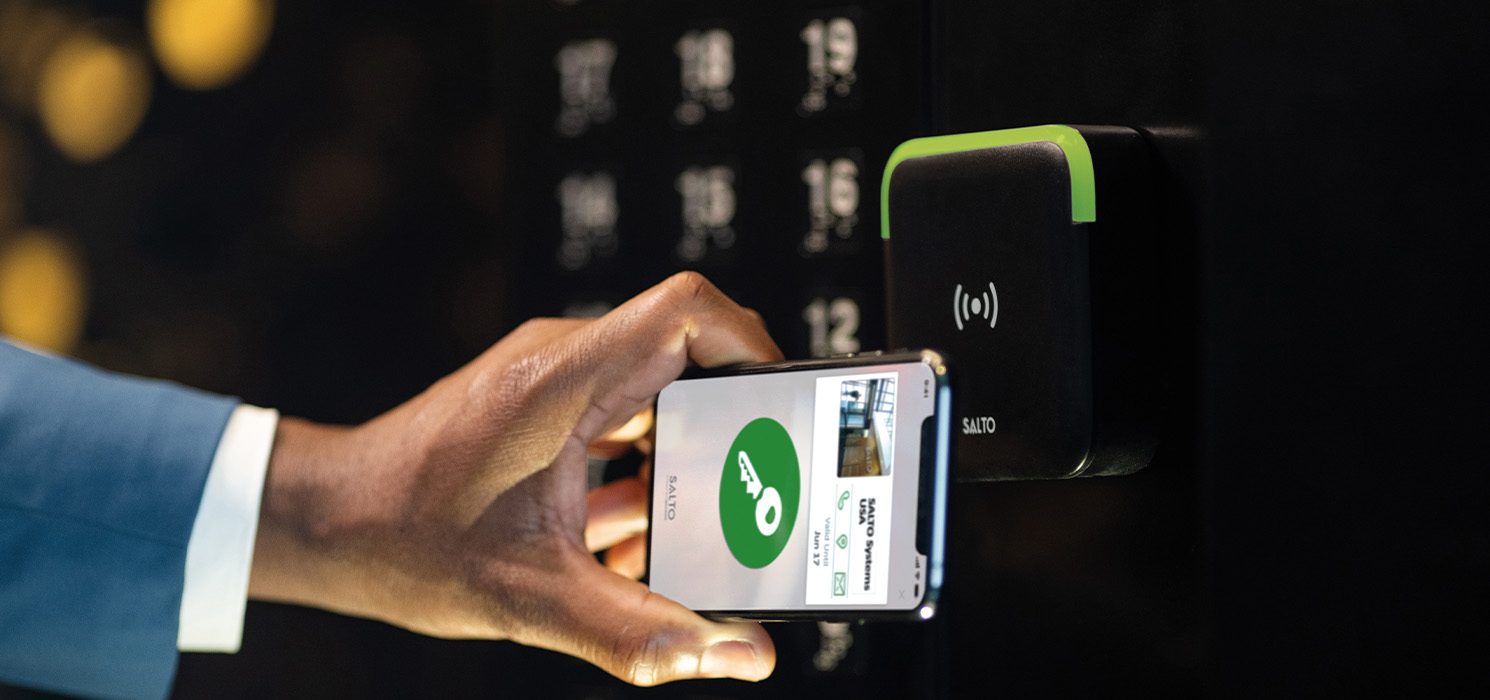
On-premise access control is an access control solution where the access control infrastructure is installed and managed on-site by the organisation, with an IT Infrastructure hosted on-site. The solution consists of hardware and software installed on the organisation's servers and is accessed through a local network.
One of the significant advantages of on-premise access control is that organisations have complete control over the solution – including the security of the infrastructure. This means that organisations can customise the solution to meet their specific security requirements. On-premise access control solutions offer many other benefits, including:
- Enhanced security: These access control solutions offer enhanced security as all access control data is stored within the organisation's own network and infrastructure, which means that there are fewer points of vulnerability.
- Performance: On-premise access control is not dependent on an internet connection. This makes the solution more reliable and less susceptible to outages caused by internet connectivity issues.
- Control: With on-premise access control solutions, organisations have greater control over their access control systems – they can customise these systems to meet their specific security requirements.
- Customisation: On-premise access control solutions can be customised to meet the specific needs of organisations, which means that they can be tailored to meet the unique requirements of different industries or organisations.
- Compatibility: On-premise access control solutions are often designed to be compatible with a range of other security systems and hardware, which means that organisations can integrate them with other building management systems technologies.
Cloud-based vs. on-premise access control: Which is right for your organisation?
When choosing between cloud-based and on-premise access control solutions, there are several factors to consider. These include the size of the organisation, the number of locations, the industry application, the security requirements, and the integration capabilities.
For small organisations with limited IT resources or an organisation with multiple locations, a cloud-based access control solution may be the most practical option. This is because cloud-based solutions require minimal hardware and software maintenance, reducing the burden on the organisation's IT staff.
For larger organisations with more complex security requirements, an on-premise access control solution may be the better choice. On-premise solutions offer not only more customisation options but greater control over the entire security infrastructure.
SALTO’s innovative smart access solutions
SALTO offers smart access control solutions for businesses and organisations. We provide three main smart access control platforms: SALTO Space on-premise, as well as SALTO KS and Homelok cloud-based solutions.
SALTO Space: A standalone, virtually networked, wired, and wireless online smart access control data-on-card platform.
SALTO Space is a fully-integrated, stand-alone, wire-free, smart-locking platform and web-based software management tool, with an on-premise system that brings seamless access to every door in any building in an efficient, safe, and secure way. It is a flexible and scalable access control solution that can be customised to meet the specific needs of each customer. It provides a high level of security, ease of use, and control over access to buildings and rooms.
SALTO Space on-premise is ideal for organisations that require advanced access control functionality but prefer to manage the system on their own hosted servers. SALTO Space combines the reliability, security, and scalability of an on-premise access control solution, with the flexibility and availability of stand-alone, SVN-powered, and networked smart electronic lock technology.
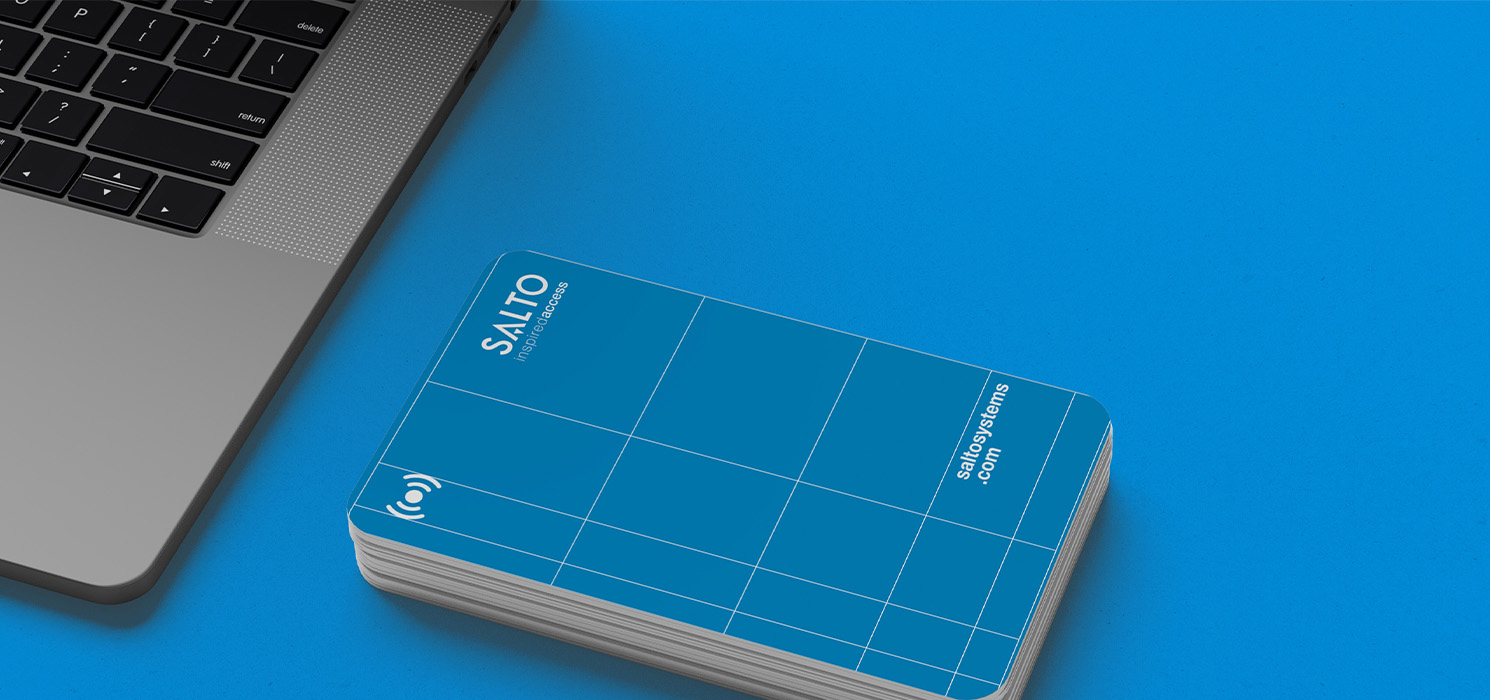
SALTO KS: Scalable and flexible cloud-based smart access control solution, with best-in-class real-time capabilities.
SALTO KS (KaaS: Keys as a Service) is a scalable cloud-based Access Control as a Service (ACaaS) solution, built to fit anything from small and midsize businesses to large enterprises and multi-site organisations. It is designed to be user-friendly and easy to manage, with a simple web interface that allows administrators to manage access – from anywhere, at any time.
SALTO KS is ideal for businesses that want a turnkey access control solution that can be easily scaled up or connected to a third-party system. SALTO KS smart access solution offers multiple ways of opening doors, including digital keys. It supports a wide range of smart, keyless access methods to improve user experience and the security of any type of building or door. It also delivers advanced security features on a fully remote and wireless cloud-based smart access management platform.

SALTO Homelok: All-in-one cloud-based smart access solution for residential living.
SALTO Homelok is a smart access solution that offers managers and owners a convenient and secure way to control access, improving security across all types of residential properties. A comprehensive and cloud-based smart access control solution, it includes both hardware and advanced software technology for the residential, multi-family, and smart-living industries.
Homelok provides a smart, modern, easy-to-install and maintain electronic locking solution without the cost and complexity of traditional mechanical access control methods, including Apple Wallet. It is designed to secure every part of any type of residential property – from apartment unit doors to perimeter access points and common areas.
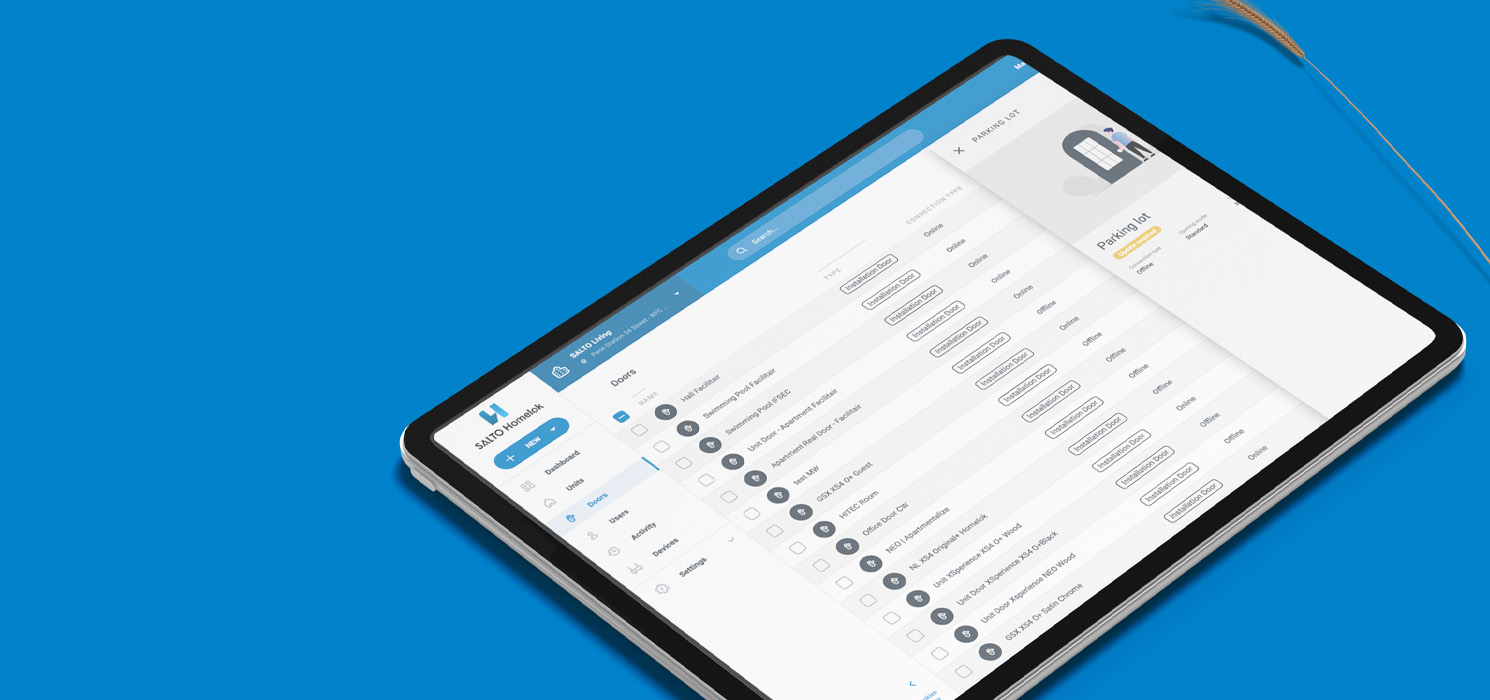
Make the best selection
Choosing between cloud-based and on-premise access control solutions can be a difficult decision, as both types of solutions offer their own unique benefits. Ultimately, the best solution for your organisation, property, or building type will depend on a range of factors, including your security requirements, use case, keyless entry method, and IT infrastructure.
However, by considering the benefits of each type of solution, you can make an informed decision that will help you protect your facility's critical assets. With the right access control solution, you can bring smart building management into a new era of capabilities, including keyless entry, remote opening, and flexible access scenarios; users, staff, visitor, and resident access management, and more efficient building security and operations management.
Looking to learn more? Click here to discover more about SALTO’s smart locking solutions for smart building management, and follow us on LinkedIn or Instagram for the latest updates.
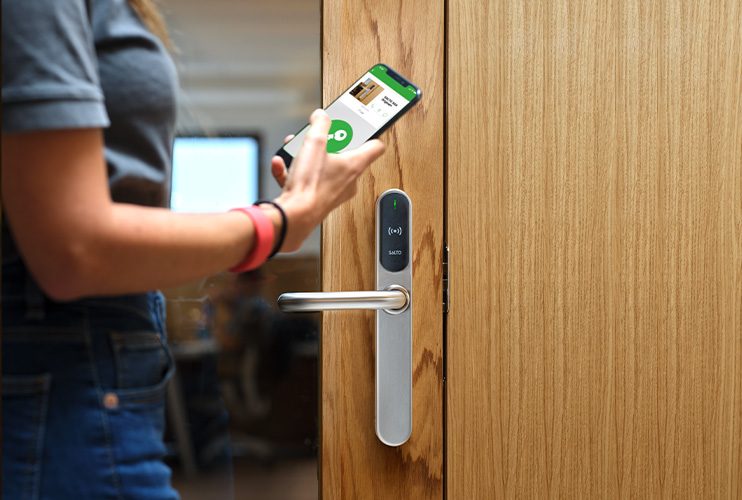
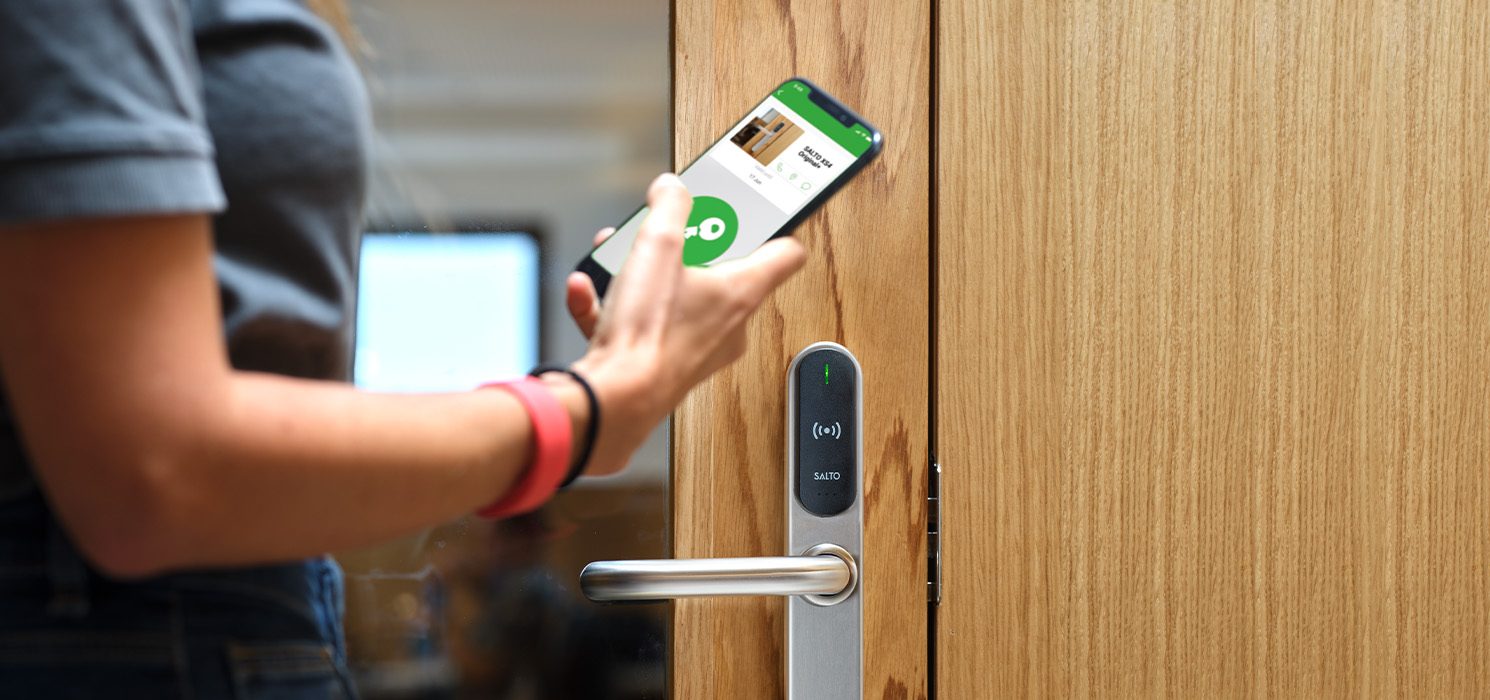
Smart and keyless convenience for lockers and cabinets
The SALTO smart locker system offers numerous benefits for managing lockers and cabinets, from enhanced security and efficiency to increased data tracking and integration.
The SALTO smart locker system offers numerous benefits for managing lockers and cabinets, from enhanced security and efficiency to increased data tracking and integration.
How does a smart locker work?
Keyless access to lockers and cabinets is a rapidly expanding trend championing convenience, security, and efficiency. Our SALTO smart locker system uses electronic lock technology to allow you to lock and unlock your locker with a smart key card or smartphone. Smart locks can also be used on cabinets and parcel delivery applications, making them more secure and smarter than ever before.
Our SALTO smart locker system offers numerous benefits for managing lockers and cabinets, from enhanced security and efficiency to increased data tracking and integration options. Our electronic locker management products set new standards in security, manageability, flexibility, and design that modernise virtually any locker type. SALTO is home to a range of smart access management platforms. These include SALTO Space on-premise networked infrastructure, SALTO KS cloud-based access control platform, and GANTNER eLoxx smart locker management platforms.
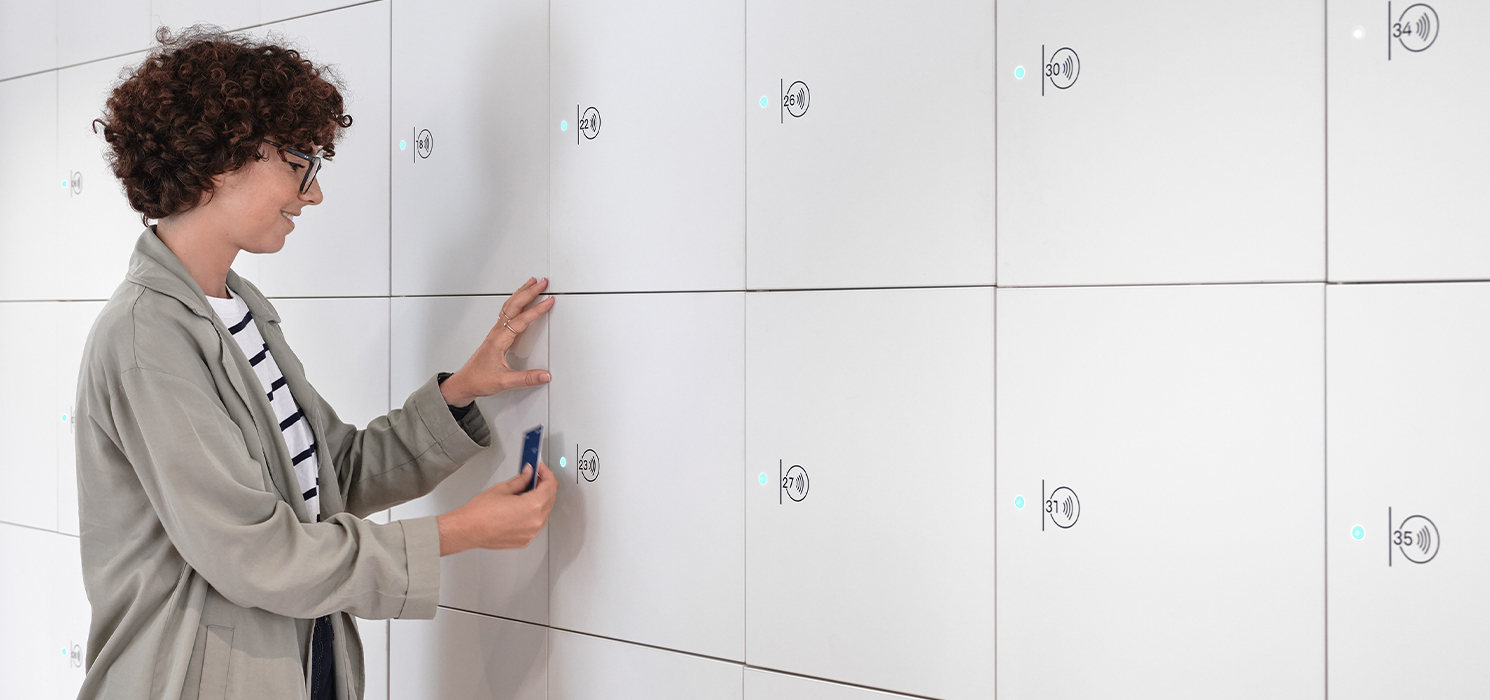
With the SALTO and GANTNER smart locker system, you can create a customised experience that meets your organisation's specific needs. The system allows you to manage users, access rights, and inventory easily. Plus, it provides real-time data tracking on locker use, so you can see how many times a locker has been opened and by whom.
When it comes to managing lockers and cabinets, the SALTO smart locker system is a perfect choice — here's why.
Advantages of Salto smart lockers:
- Enhanced security: SALTO smart locks can be securely opened by RFID, PIN code, or via a mobile device. This ensures that only authorised individuals can access the lockers or cabinets.
- Easy, time-saving and convenient: With the SALTO smart locker system, users and members can quickly and easily access their assigned locker or cabinet without the need for physical keys or combinations. Users simply use their smart RFID key cards, a PIN code, or smartphone to gain access – much more convenient than traditional mechanical systems.
- Increased efficiency: Eliminate wait times in crowded areas by enabling multiple users to access their assigned locker or cabinet simultaneously. SALTO and GANTNER smart locks are perfect for high-traffic areas such as universities and large workplaces.
- Improved tracking: Track the usage of lockers and cabinets, providing valuable data on usage patterns, popular times of day, and which are used most frequently. This information can optimise locker and cabinet placement and inform future planning and decision-making.
- Flexibility: The SALTO smart locker system can be programmed to assign and reserve lockers or cabinets in advance based on the user's preferences regarding location, calendar, user profile, or locker size. This provides a personalised experience.
- Reduced maintenance costs: Smart locker systems require less maintenance than traditional locker systems, as electronic locks are less prone to damage and wear and tear. This can lead to reduced maintenance costs over time.
- Customisable: Designed for both new and retrofit installations to suit specific needs, technology, and use case requirements, our locks feature a simple plug-and-play battery-operated solution. This means retrofitting existing coin or key locks is an option for any locker.
- Communication: SALTO and GANTNER smart locks provide users and members with real-time communication, such as notifications of locker availability, reminders of expiration dates or reservation times, and updates on locker or cabinet maintenance with connected locking systems. We guarantee maximum security combined with maximum convenience.
- Integration: Integrate with other systems such as mobile apps, cashless payment, or corporate smart cards. Build access to control systems to provide a seamless and integrated user experience.
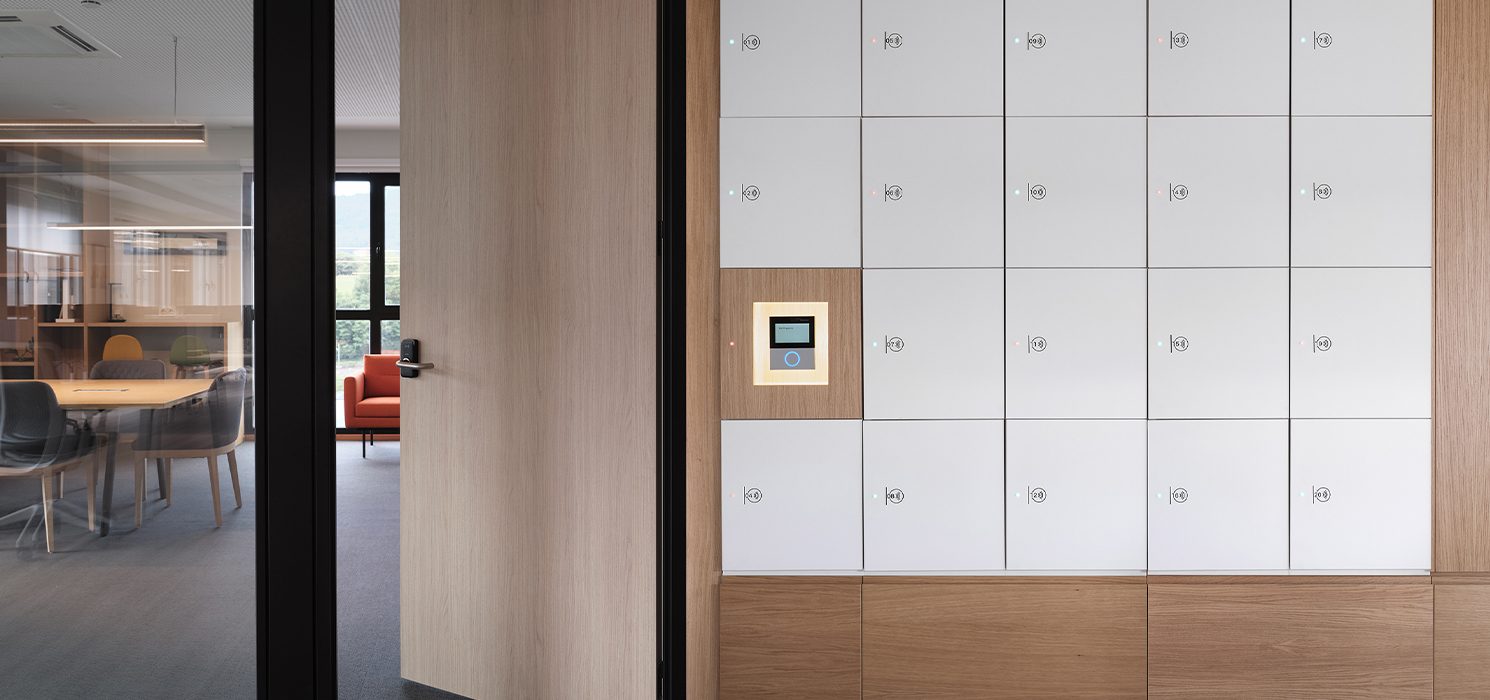
SALTO offers solutions for organisations of all sizes, from smart corporate offices to coworking spaces, healthcare, education, fitness centres, attractions, leisure, and sports associations around the world.
Are electronic lockers safe?
The SALTO smart locker lock offers protection against theft to a wide range of lockers, cupboards, display cabinets – whatever you choose. Our smart locker locks are integrated into the SALTO wire-free electronic access solution for your peace of mind.
Looking to learn more? Click here to discover more about SALTO’s smart locking solutions for lockers and cabinets, and follow us on LinkedIn or Instagram for the latest updates.
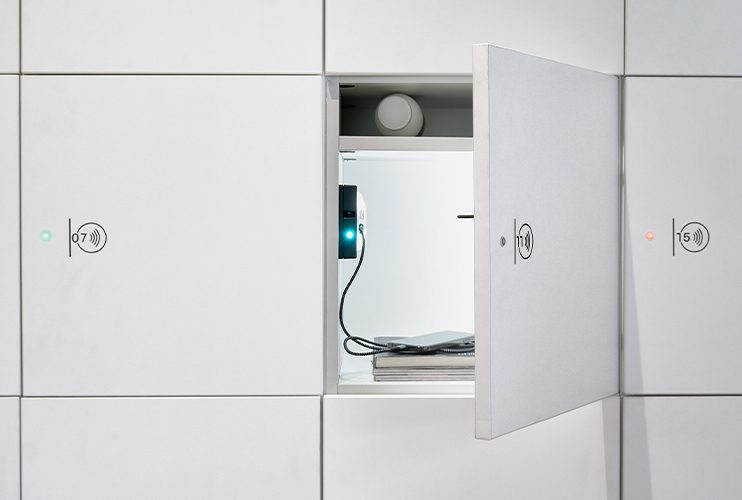
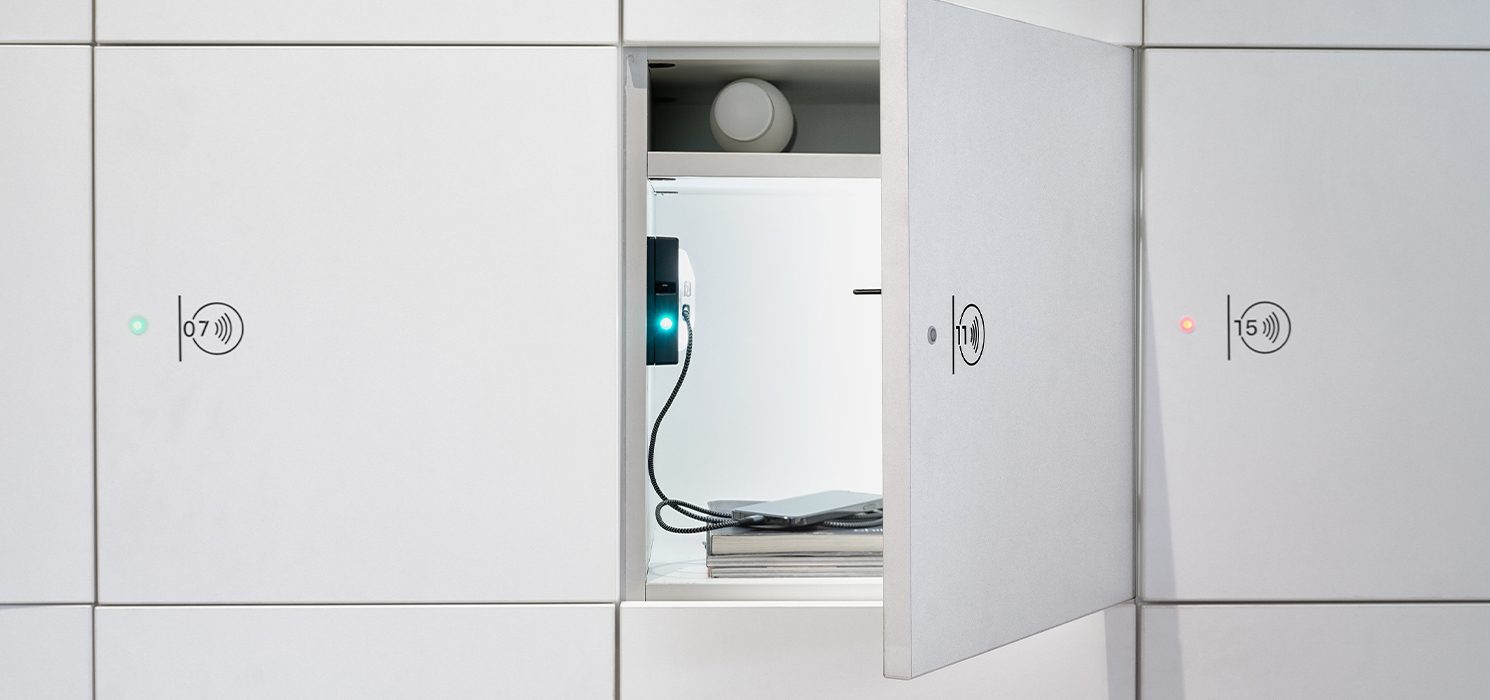
The Future of Coliving - Trends for 2023
We've partnered up with one of the world’s leading coliving consultants to launch a six-part monthly blog post series. In the final instalment of our 6-part Coliving Blog Series, we look to the future of coliving in the new year.
We've partnered up with one of the world’s leading coliving consultants to launch a six-part monthly blog post series. In the final instalment of our 6-part Coliving Blog Series, we look to the future of coliving in the new year.
Salto has been in the business of smart locks for 20 years, and we’re continually evolving to meet the needs of our clients. We believe that by understanding our users, along with the changing demographics, we can provide the best solution.
Leah has taken us on a dynamic journey of coliving through the previous five blog posts published in this series. We have discovered hybrid hospitality, glimpsed into senior coliving, and most importantly, covered the foundation of what coliving actually means. Today, in the final installment, our expert coliving consultant and Community Experience Specialist Leah Ziliak shares what to expect in 2023.
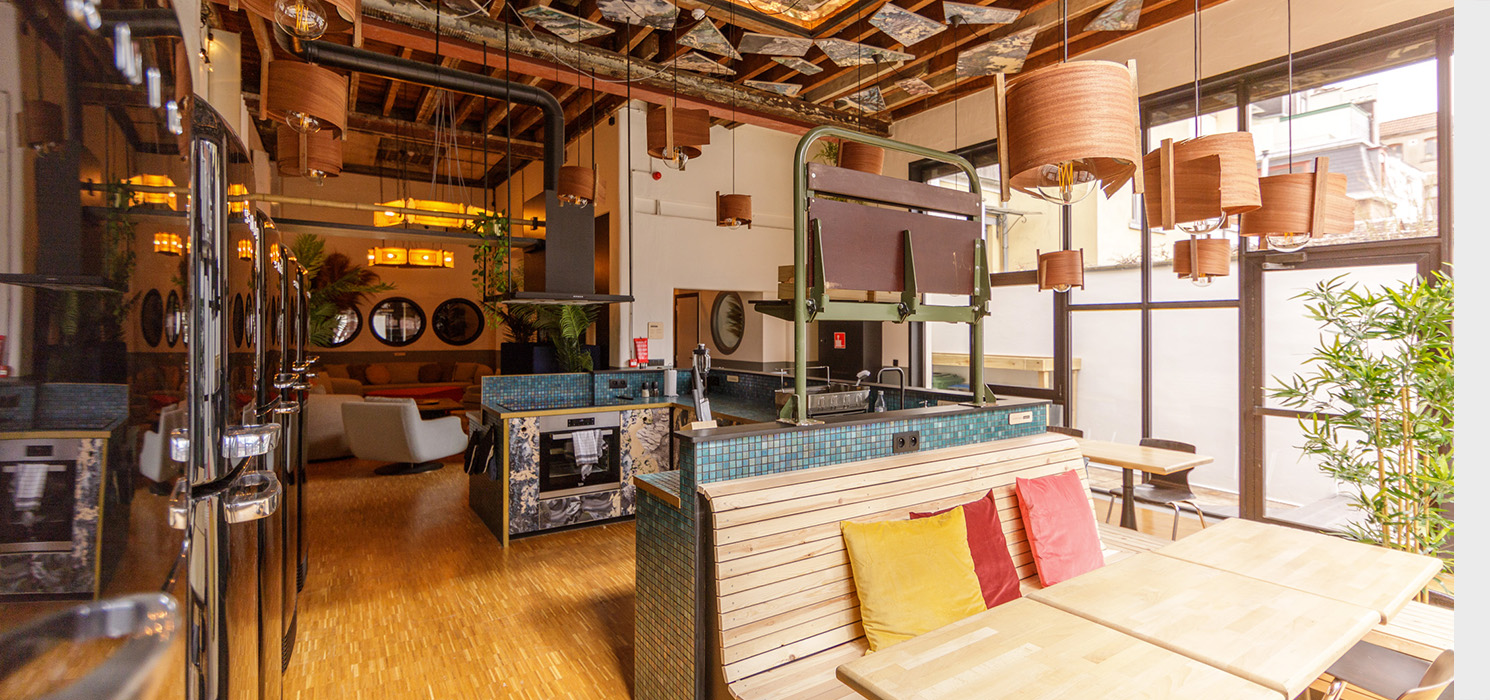
One of the fastest growing real estate classes out there, coliving, is gaining serious traction in all corners of the world. In 2020, the year of social isolation, many people wondered if coliving would survive the pandemic. Now, heading into 2023, the narrative has shifted completely.
Coliving is helping us leading happier, longer lives and might be the solution to some of the biggest issues our world is facing.
It’s clear that shared living is the future of housing. But what exactly does that future look like?
I’m from the U.S. originally, but I’ve been traveling as a digital nomad for the last several years. With my work, I’ve had the unique opportunity to experience coliving all over the globe. And, I’ve noticed that the coliving industry can look quite different depending on where you are in the world.
Let’s take a look at some of the key trends we see in the industry from a global perspective:
Trend #1: Coliving As A Luxury
If you’ve been following our blog series, by now you know that coliving isn’t just for students and hippies. Coliving is an elevated version of shared living and in some cases, a luxury experience.
If we take a look at the coliving industry in the U.S., many projects fall under this ‘luxury’ category. These types of coliving spaces tend to be located in larger cities like New York, San Francisco, and Chicago and come with more upscale amenities than you would expect in a traditional shared living space. Think rooftop terraces, fitness centres and in-house cafes, with furniture that is less ‘budget-friendly-IKEA’ and more ‘West-Elm-chic.’
Treehouse Coliving in Los Angeles, for example, has a professional-grade production and recording studio on-site for aspiring musicians, and the laundry room features an art studio. (Who knew laundry could be so inspiring?) A library, a lounge, and of course, a treehouse make up additional communal spaces.
I’ve noticed that when people write about modern-day coliving, most news articles tend to refer to it as an ‘affordable way to live in big cities.’ And although it definitely can be, in many cases, affordability has nothing to do with it.
People are willing to pay more, even if it means sharing spaces if it enables them to have higher quality experiences and amenities. 78% of millennials would rather spend their money on an experience or an event over a physical item. Coliving is a community experience and community can come at a premium.
On top of that, many of today’s youth have radically different values than their parents. They value freedom, convenience, and flexibility. Homeownership isn’t a requirement (or often a viable option) like it was for their parents. All of this makes the future of housing look much different.
But, in many cities worldwide, coliving isn’t just a luxury, it’s essential…
Trend #2: Coliving As A Necessity
Coliving is more than an incredible product, it’s incredibly necessary. By 2030, nearly 9% of the world will live in 41 megacities, most of them being located in Asia. By 2050, 2 out of every 3 people will live in cities or urban centres.
There simply isn’t enough housing to match these numbers. Coliving will (and must) play a role in helping to meet these demands in the future.
Take India, for example, a country with more than 1.4 billion people. Its population is set to surpass China in 2023. Coliving is already quite popular, but the number of beds in the coliving sector is expected to double in India from 2021 to 2024. This sharp increase is happening partly because of the demand for a more social way of living, but in part…because it has to. A rapidly growing population needs rapidly growing housing solutions.
The housing crisis in the UK is also in a dire situation. The country needs to build 340,000 homes every year until 2031 to meet demand, and ⅖ of all new homes need to be categorised as ‘affordable.’ In many cities and regions worldwide, coliving will be key to assisting in the massive urban density problem.
As the need for a more circular economy grows, we will also see older buildings being renovated and repurposed for coliving projects to not only bring neighborhoods to life but to create truly unique spaces.
We’re seeing this often with various modern hostel brands. For example, Generator Amsterdam took a former university zoological building and transformed it into a shared living space, utilising the former lecture hall as a coworking space with classroom-style seating. In Canada, a former jail now serves as a youth hostel, giving tourists the opportunity to sleep in their own private prison cells. Kex in Iceland is housed in an old biscuit factory and serves fresh baked goods every morning.
It’s kitschy enough to make it appealing, but the spaces are practical enough for it to be a genuinely smart solution.
The world isn’t big enough for everyone to have a single-family home. We need more space. We need more coliving.
As cities become more and more crowded, many people are looking for other (quieter) options. This brings us to our next key trend…
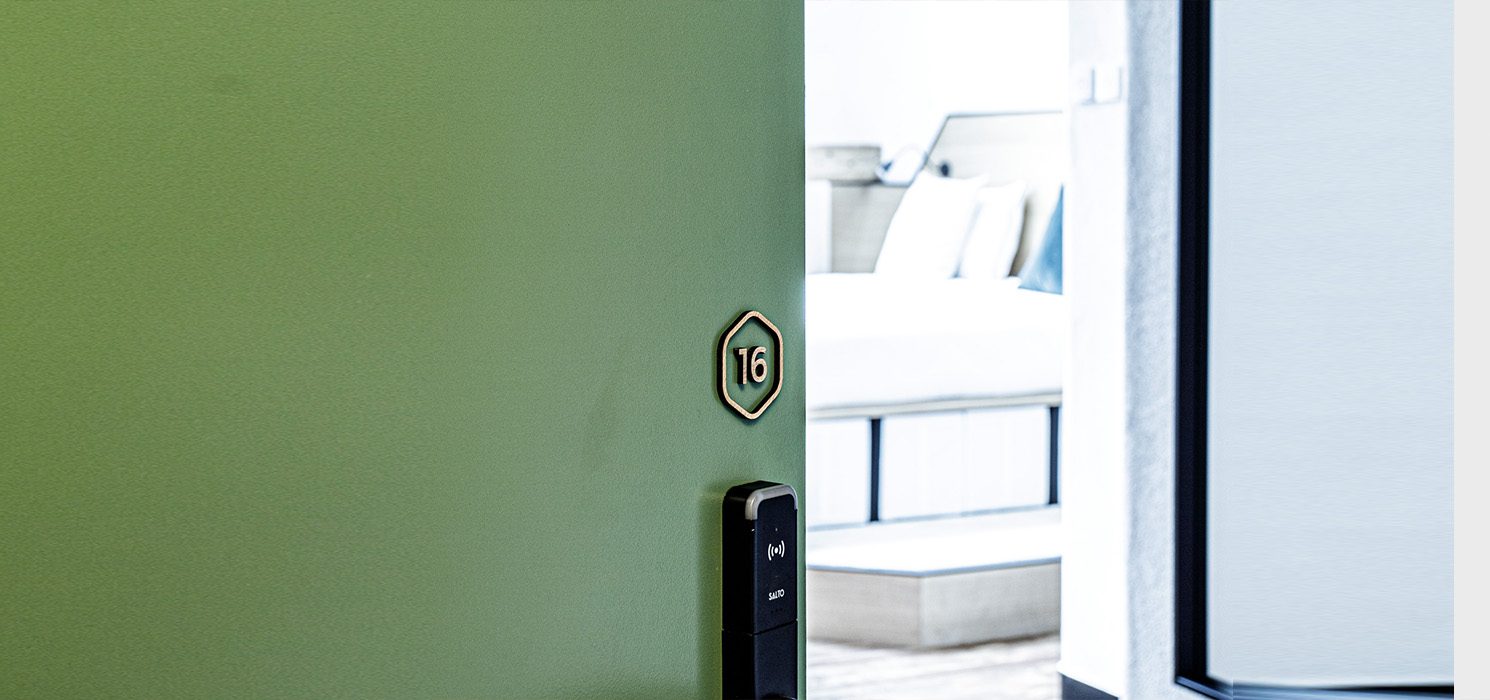
Trend #3: Rural Coliving
Remote work has opened up doors in a myriad of ways. If you can work from anywhere, why not work from somewhere that inspires you? For many, it’s fresh air and wide open spaces that bring out their best work.
Rural coliving is a trend that’s rapidly growing, especially across Europe. You’ll find coliving communities in sleepy seaside villages in Spain, in the mountains of Bulgaria, and across the German countryside. You can even colive and cowork from a 12th-century castle tucked within a forest in Normandy.
The options are endless. For many people, rural coliving offers the best of both worlds, swapping city commutes and lonely apartments for forest hikes and a strong community.
By 2028, it’s estimated that 73% of all teams will have remote workers. Studies show that 99% of people would choose to work remotely (at least part of the time) for the rest of their careers. With an increase in remote work, we see an increase in these types of rural communities as more people are able to leave the cities.
The most interesting thing to me about rural coliving is how well it demonstrates the power of community in coliving/coworking spaces.
Take one of Salto’s Community Partners, Coworking Bansko, for example, a rural coworking community based in the Pirin Mountains of Bulgaria. Thousands of digital nomads and expats go to Bansko every year. If you’re wondering where Bansko is, you’re not alone. A small mountain village in the middle of Bulgaria, located 2+ hours from the nearest airport, it’s not your typical tourist hotspot..
So, why do some of the world’s most well-travelled people flock to Bulgaria's tiny ski resort town? The answer is the community. With rural coliving, people don’t always come to a place for the destination itself; they come for the people they’ll meet when they get there.
Rural coliving communities are bringing people to regions that likely wouldn’t have been on their radar without them. In Europe especially, we’ll continue to see rural coliving grow and thrive into 2023. Technology is creating a world of new possibilities and bringing value to people’s lives in so many ways. Salto understands this and works with partners and clients to further support this more connected, tech-driven future.
Trend #4: Senior & Multi-Generational Coliving
One of the biggest shifts within the coliving industry in the coming years is in the demographic itself. Coliving isn’t just for millennials. There’s a place for coliving across the ages. (If you missed our article on Senior Coliving, you can catch up here)
Take a look at Priya Coliving, for example. One glance at their website and you can see that they do things differently than a traditional senior living space. With a welcoming, global community and an emphasis on experiences, it’s shared living for the modern senior.
Their community experiences go beyond what you’d expect. With mentorship exchanges, career coaching, and even an incubator program for continued growth, it’s the kind of place where members truly live an inspired life.
As we see more and more spaces raising the bar and offering these types of opportunities, we will see more popping up. There’s already a strong demand for a new take on senior living; the coliving industry just needs to catch up to meet it.
Check out the statistics, and you’ll easily see that senior-focused coliving is much-needed. More than 20% of the EU’s population is over 65, and it’s predicted that by 2100, 14% of the population will be over 80.
Apart from the need to find proper housing for this demographic, community living has extended health benefits, especially for seniors. Studies show that social isolation is associated with a 50% increased risk of dementia. Loneliness is associated with a 29% increase in heart disease and a 32% increased risk of stroke.
Community living keeps people healthier longer, which means many will begin to see it, not just as a housing solution but as a way to keep the older generation living independently for longer, avoiding the need for expensive long-term care facilities.
Beyond senior coliving, I also foresee an increase in multigenerational coliving projects. As the saying goes, ‘it takes a village’ to raise a child. But, for so long, modern families have been on their own. We see a desire to get back to the way things used to be when neighbors played a bigger role in our daily lives.
Coliving can make life easier for so many different demographics - single parents, families with young children, the elderly, students, entrepreneurs, and the list goes on. In the future, millennials won’t be the only demographic that comes to mind when we talk about coliving.
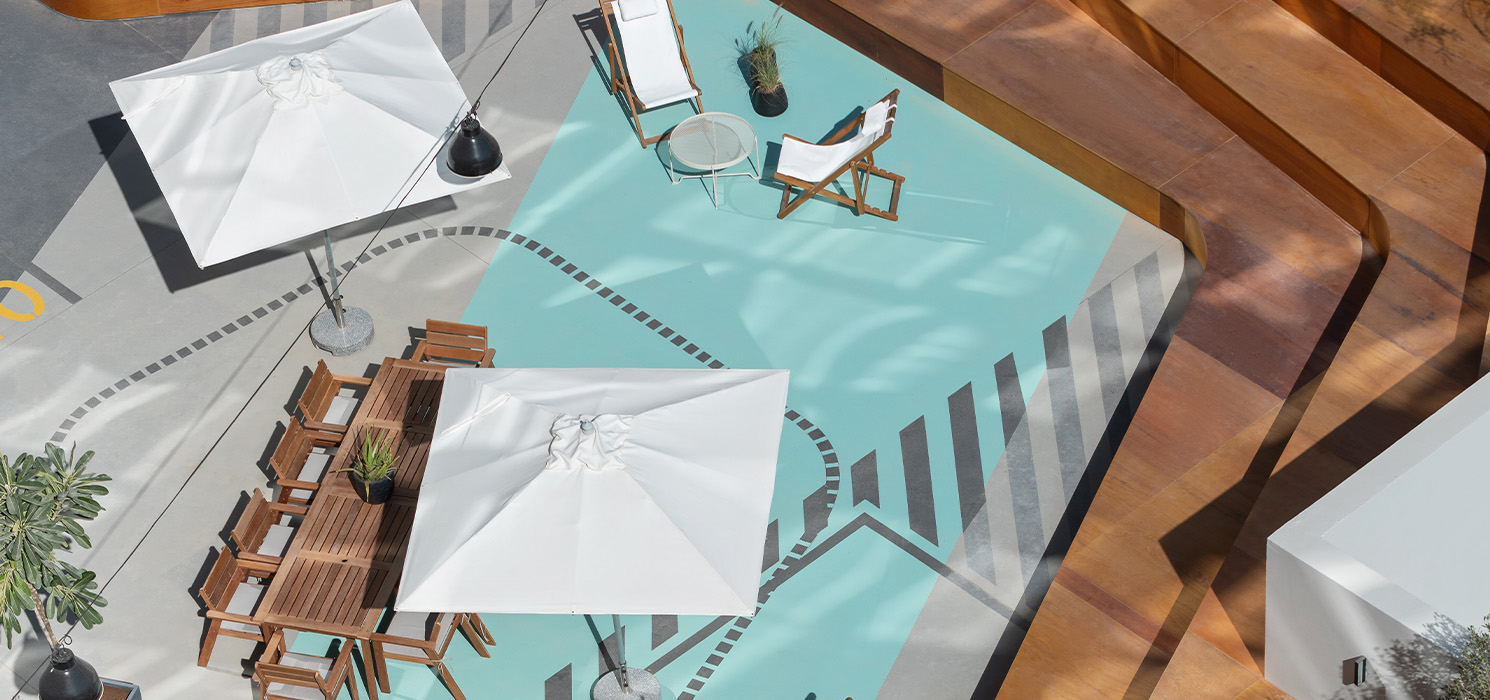
Trend #5: Tech In Coliving
When we talk about coliving, the first word that comes to mind is ‘community.’ The second? Convenience. Coliving makes life more convenient in every way; in many cases, it’s housing as a service. With a built-in community, furnished spaces, amenities, events, and local partnerships, coliving is the modern answer to communal living.
As coliving grows, proptech companies are looking for ways to enhance the Customer Experience. With many coliving spaces utilising community apps, keyless access control systems, and even housemate compatibility matching services, having a seamless tech experience in shared living is becoming increasingly important.
HIVE Coliving in Dubai utilises Salto’s access control to enable keyless entry for all of their private and communal spaces, offering enhanced security and peace of mind. With 120 units in their flagship property, having an access control system makes life easier for both users and the operations team. At Salto, coliving has seen such massive growth that the sector now has its own division of the company. The need for tech in coliving is growing across the board and is proven by the number of tech partners and integrations that Salto currently works with that focus on coliving.
Along with enhanced security and ease of access, operators are also looking to integrate additional value (and income) into their spaces through extra concierge services. Tech opens up limitless possibilities when it comes to providing a solid customer experience and enabling operators to scale their brands.
As coliving grows, we will see massive growth in coliving-focused prop-tech companies across the board.
Our next key trend is all about shared living for digital nomads, one of the most tech-savvy demographics out there…
Trend #6: Digital Nomad Coliving
With often no more than a laptop and a backpack, digital nomads hop around the globe, working remotely from some of the world’s most exotic destinations, which has given rise to a very specific sector of shared living.
With many digital nomads being solo travellers, it can be hard to find a sense of community while jet setting. Many nomads are successful entrepreneurs in their 30’s and 40’s. Airbnbs get lonely, and hostels often have too much of a party vibe for this particular demographic, which is why coliving has been such a perfect solution.
Digital Nomad coliving has long since been a staple across Asia (Bali in particular.) And, although the intense travel restrictions across the continent put many coliving spaces out of business, the digital nomad-focused spaces in Asia are beginning to see a resurgence.
In some cases, coliving spaces are popping up in what are already considered ‘nomad hot spots.’ Take Medellin in Colombia for example. Over the past several years, it’s become one of the top nomad destinations, and because of that, now we’re seeing a big increase in coliving spaces.
But, in other cases a region becomes a ‘nomad hot spot’ because there’s a coliving community. For example, the Digital Nomad Village in Madeira is an island that used to survive on tourism and had to reinvent itself during the pandemic, becoming one of Europe’s hottest digital nomad destinations. As mentioned above, community drives people to a region.
There’s so much opportunity when it comes to destinations that are outside of the typical tourist scope. We’re seeing a huge increase in the number of countries that are trying to draw in digital nomads. Because where the digital nomads go, tourists typically follow.
Digital nomads contribute approximately $787 billion a year to the global economy. Most earn their money from their home country and spend it locally, which makes them a particularly appealing demographic.
Nomads want coliving; governments want to attract nomads, which means leaders will be more supportive and open to such projects in the future.
On top of that, solo travel is on the rise in general. In the last two years, the number of Google searches around solo travel has quadrupled, forcing the entire travel and hospitality industry to think differently about its offerings.
This brings us to another key trend…
Trend #7: Hybrid Hospitality:
Hybrid Hospitality is a blend of the traditional hotel experience, along with elements of the coliving and coworking industries. Hybrid Hospitality is a concept that’s modernising the hotel world and creating an experience that goes beyond having a place to sleep and eat.
Business centres are being turned into coworking spaces, and hotel restaurants/bars are turned into community hubs. Instead of passing out brochures with the local tourist traps, hotels are serving as a launching spot to truly experience a neighborhood like a local.
This new version of what the hotel experience looks like caters to solo travellers, remote workers, business travellers, and more. It offers a more unique, community-driven, user-focused experience.
Hybrid Hospitality is the future of the hospitality industry and will continue to take cues from the coliving and coworking worlds.
So, where exactly is coliving headed in 2023? Everywhere.
In 2023, we’ll see more projects in varied locations, an expanded demographic, enhanced tech solutions, and niche-focused spaces, and we’ll see other industries utilising coliving principles.
Coliving brings people together, gives the world innovative solutions, and offers the support we all need to lead happier, healthier, and more connected lives. It’s modernising the entire housing industry.
There’s never been a more exciting time to be part of this industry. If you think community living is booming now, just wait to see what happens in the next few years. Coliving is our future.
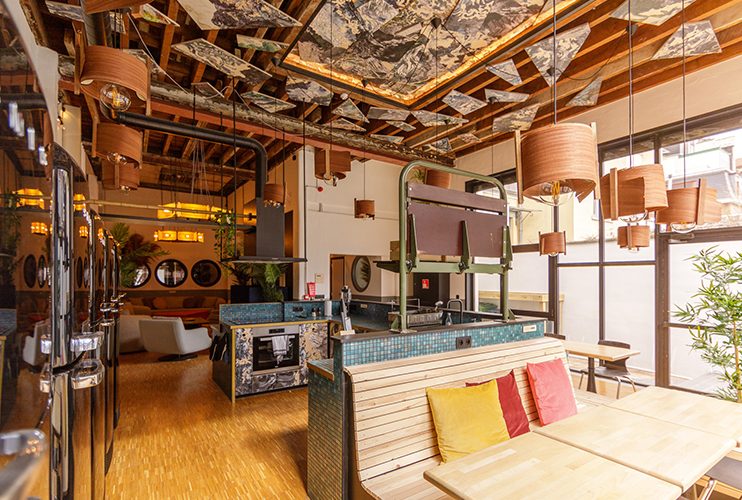
Senior Coliving: The Future of Shared Housing
In the fifth instalment of our 6-part Coliving Blog Series, we dive into senior coliving and how shared living is a concept for all ages.
We've partnered up with one of the leading coliving consultants to launch a six-part monthly blog post series. In the fifth instalment of our 6-part Coliving Blog Series, we dive into senior coliving and how shared living is a concept for all ages. Different from assisted living, senior coliving offers a solution for those who want to live an independent yet community-driven life as they age.
SALTO has been in the business of smart locks for 20 years, and we’re continually evolving to meet the needs of our clients. We believe that by understanding our users, along with the changing demographics, we can provide the best solution.
Today, our expert coliving consultant and Community Experience Specialist Leah Ziliak shares how the coliving demographic is shifting below:
When you think about the term ‘shared housing’ what image comes to mind? If you’re picturing a space full of budget-conscious millennials, you’re not the only one. Search 'coliving' and you'll likely see a thousand images of 20-somethings working from laptops amongst trendy decor.
And that’s all well and good. Millennials are a great demographic for this new type of housing sector. But they’re definitely not the only demographic.
As a consultant in the coliving industry, I find there are a lot of misconceptions when it comes to coliving. People assume that shared living is only for the young…and only for those looking to save some cash. Today, we’re going to look at coliving from a different perspective.
Remember the TV sitcom, ‘Friends’? Rachel, Ross, and the crew showed the world that living across the hall from your closest friends could be a pretty ideal scenario. But, let’s not forget, long before ‘Friends,’ we had ‘The Golden Girls’ demonstrating that aging with your friends could be pretty sweet too.
The need for a community doesn't end when you hit 30. Who's to say you can't live with an engaging group of friends well into your senior years? Coliving for seniors is of growing interest, and I believe it’s the perfect housing option for many who are looking for a sense of community as they age. And, apparently, I’m not the only one.
What is Coliving for seniors?
Let’s recap for a moment. What exactly is coliving, anyway? Coliving is one of the biggest trends in real estate at the moment. Offering a sense of community, flexibility, quality design, engaging communal spaces, and a host of extra perks and amenities, coliving enables people to live a more connected lifestyle.
Not only is coliving great for millennials, but it’s also an obvious solution to the growing need for community-based senior living. Coliving is the future of senior housing. And here’s why:
Cost of Senior Living:
The cost of senior housing has skyrocketed over the years. According to Genworth Financial, the average cost of assisted living in the United States alone is $4,500. However, average pricing varies greatly from state to state. For example, in parts of the Northeast, the average monthly cost is over $7,000 per month.
$7,000 per month! A person could live at a resort for those prices. And, in fact, some do.
For several years I worked onboard cruise ships, and I was amazed to discover that there were quite a few ‘regular’ guests in their 60s and 70s who had given up their homes to live full-time onboard cruise ships.
Why?
Apart from the obvious perks of travel and relaxation, it was actually cheaper for them to live onboard a floating resort than it was to move into an independent living community in the U.S. And, with food and entertainment provided, along with a sense of camaraderie with fellow guests and crew, why wouldn't you?
While living on the high seas isn’t the best fit for many, the point is boomers are looking for alternative living solutions. And many seniors do not have the kind of funds to afford many of the assisted/independent living communities that currently exist.
Loneliness in seniors
When it comes to living scenarios, apart from affordability, one of the biggest struggles we face as we age is loneliness. According to the CDC, nearly one-fourth of adults 65+ are considered to be socially isolated.
The impact that loneliness has on our well-being is tremendous. Social isolation increases a person's risk of premature death in staggering ways, rivaling the statistics of smoking, obesity, and physical inactivity. A person who is socially isolated also has a 50% increased risk of dementia.
Having social connections and a sense of community not only helps us to lead happier lives, but it also helps us have healthier, longer lives as well.

Benefits of shared housing for seniors
There are many different types of coliving that exist for all ages and all demographics; there are options for student coliving, digital nomad coliving, luxury coliving, health and wellness-based coliving, and many more.
And while the entire shared living industry is already talking about senior coliving, there honestly aren’t as many senior projects as you’d expect to see…yet. But, I predict that coliving for the 60+ demographic will be one of the biggest segments of an already rapidly growing industry. In part because it’s greatly needed, but also because there are just too many benefits to ignore.
Community/Events
Another one of the many perks of living with a group of like-minded people is the sense of community that comes along with it. Coliving spaces are designed to engage residents and create an environment where members feel at home.
Unfortunately, senior living facilities often get stuck with a bad reputation. That’s because many people still have an outdated view of what community living for retirees can look like. (Secret: there’s much more to the senior living experience than afternoon bingo and shuffleboard.)
With coliving, events are about more than simply entertaining residents, it’s about building a sense of belonging and shared purpose. Activities are often community-led and enable a much more modern, expansive experience. Think skill shares, volunteer opportunities, language courses, happy hours, dinner parties, tech classes, and afternoon sports. (Pickleball, anyone?)
Coliving is the modern solution to senior living that many are looking for. At SALTO, we strongly believe in the power of bringing people together. Community is the key.
Affordability
Not only does senior coliving give residents an affordable option, but it also enables them to have access to higher quality spaces that their budget might not have allowed for otherwise.
For example, a person might not have been able to afford a pool or daily yoga classes on their own, but as a community, they can benefit from sharing these resources. From electric bicycles and a communal garden to weekly housekeeping and cinema rooms, residents have access to higher quality and more choices when it comes to spaces and amenities, leading to a higher quality of life overall.
Another area where affordability comes into play is in terms of shared care costs. For example, the cost of a caregiver could be split amongst the residents. A particular resident might not need a full-time helper on their own, but they might benefit from assistance with chores every once in a while or help with basic medical care.
Opportunities like this make it easier for a person to live independently as they grow older instead of moving into a more costly assisted living facility. Sometimes, an occasional helping hand makes all the difference.
Ease of Use
Ease of use is a massive benefit for seniors within coliving spaces. From an operator's point of view, management of shared spaces can be made even easier by utilizing access control systems. Offering safe, instant access with keyless entry not only enables a seamless experience, but also gives residents peace of mind.
Implementing tech also opens up a variety of options to enable more personalized perks for users. For example, some spaces offer on-demand concierge services via an app, so users can choose which amenities they’d like to add to the living experience. From food delivery and housekeeping to transportation and prescription delivery services, residents can easily select the solution that works best for them.
For operators, this opens up opportunities to offer premium services for its members. Residents have more choices, along with a more personalized ala carte experience, while providers have the potential for additional revenue streams.
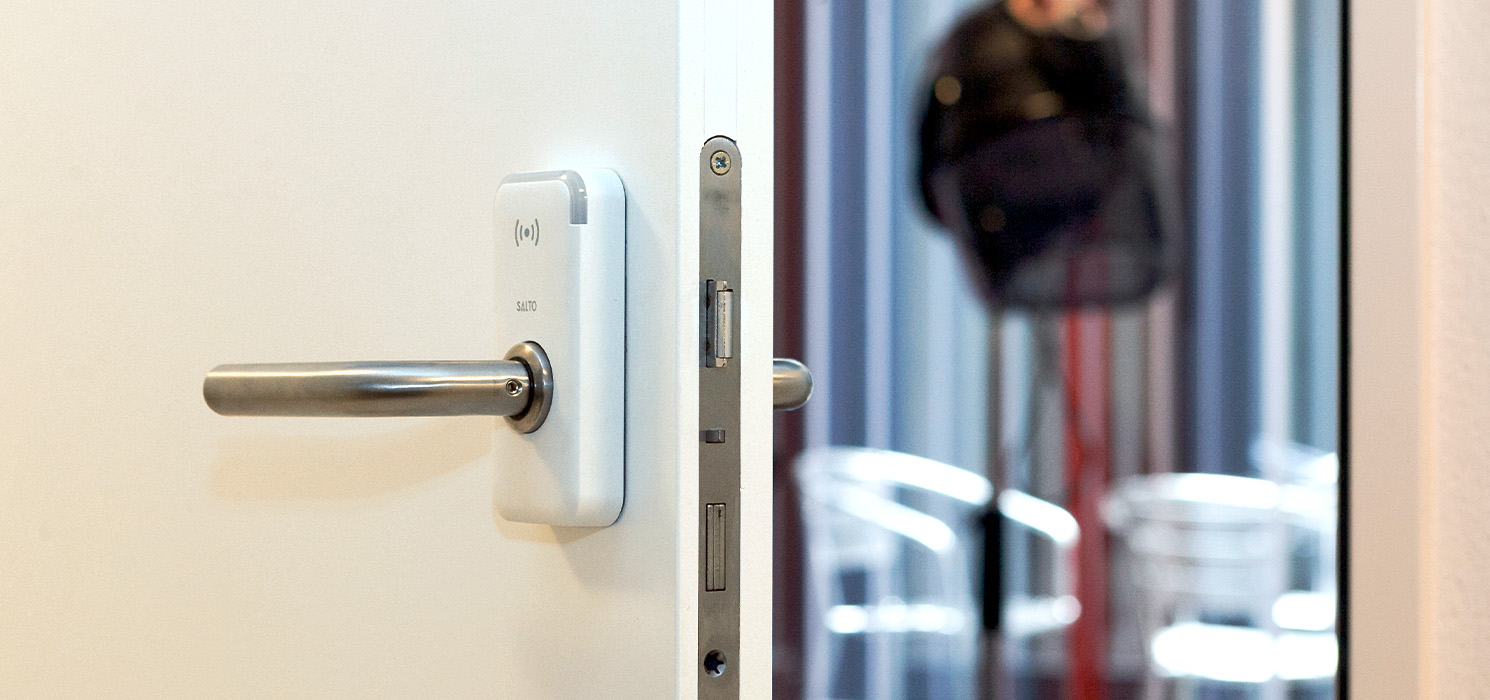
Learning Opportunities
Coliving spaces often offer a variety of learning opportunities, from skill shares to actual courses. Many spaces have an emphasis on continued personal and professional growth. The desire to learn and experience new things doesn’t leave as we grow older.
I recently read about a project at Arizona State University called Mirabella. The university created a senior living community on campus, calling it ‘the world’s coolest dorm.’ Residents have access to college courses, amenities, and activities and are invited to participate in student mentor programs. Some senior residents even conduct guest lectures and act as adjunct professors, while others volunteer with their favorite sports teams.
While a lot of these programs come with a high price tag, these university-inspired retirement communities demonstrate the value that many seniors place on continued learning and being part of a larger community. Mirabella sold out of every single unit more than a year before the project was even completed. The demand is there.
Senior coliving spaces can provide learning opportunities both on-site as well as through partnerships with local businesses and organizations. As demonstrated at Mirabella, the opportunities that exist through multi-generational learning experiences are vast.
Staying Healthy
An emphasis on health and wellness is a key component of most coliving spaces, and it becomes an even bigger aspect of senior living. By focusing on actively maintaining and improving the health of its residents, seniors are able to live independently for longer.
Many coliving spaces have fitness centers or classes, as well as mental well-being programs. For example, Gravity Coliving in London offers physical training sessions and nutrition masterclasses, as well as access to mental health services through their community app.
The same concepts and opportunities that we’re seeing in millennial-focused coliving can be easily adapted for senior coliving as well.

Safety/Tech
Coliving offers a sense of safety and security for its residents. In many spaces, you’ll find 24/7 CCTV, a security team, along with smart lock systems for safe, easy access. Senior coliving projects also often have convenient access to hospitals, on-call doctors, and specific safety protocols in place.
Many spaces place emphasis on technology, making sure residents are able to stay up-to-date and informed. Whether that’s teaching members basics like how to video chat or utilize voice assistance or offering more advanced classes to further their education. The modern senior is tech-savvy and connected, and coliving spaces are helping them stay that way.
SALTO understands the importance of providing safe and convenient tech solutions to users. By implementing tech solutions that make life easier for its residents, operators can increase retention rates and help members live independently longer. Tech solutions enable coliving operators to modernize and rethink spaces to create a more user-friendly living experience all around.
The Future of home sharing for seniors
In the United States, where 10,000 people turn 65 every single day, the need for senior living solutions is becoming even more critical. But Americans aren’t alone in this issue. At 19%, Europe has the highest proportion of the elderly population in the world. Community-focused shared living for seniors is a strong trend that is taking place all over the world.
With senior coliving being such a solid solution for aging adults, why aren’t there more options available in this sector? In my opinion, it’s only a matter of time before we see an influx of these kinds of projects. Coliving is still a developing real estate asset class, and as the industry expands, so will the key demographic. I believe that senior coliving is set to make waves sooner rather than later in the real estate industry.
Wishful thinking? Perhaps a little. All I know is that when I’m of retirement age, I want to live in a supportive community that prioritizes connection, and experiences and encourages growth in all areas. And, there are millions of others around the world who are of the same thought.
For the young and the young at heart, coliving is the answer.
Don’t want to miss out on the latest from the world of access control? Follow us on LinkedIn and/or Instagram to stay up to date.
Keep an eye out for the final of our Coliving Series which will focus on coliving 2023 and where the industry is heading to. For more information on how you can offer your residents a seamless customer experience, contact our team of experts here.


SALTO presents the Coliving awards Best User & Community Experience winner: Campus Perth
This year, the Coliving Awards were held in Katowice, Poland. The first of its kind, the ceremony highlighted the 'best of the best' in the coliving industry.
We partnered up with leading coliving consultant Leah Ziliak for a 6 part monthly blog post series. For this latest edition, Leah sat down with Pedro Mota, Director of Marketing at Campus Perth to chat about the key to achieving a truly unique community experience. Read ahead to find out why Campus Perth has the answers and how it is put into practice.
This year, the Coliving Awards were held in Katowice, Poland. The first of its kind, the ceremony highlighted the 'best of the best' in the coliving industry. While the coliving industry is still relatively new, events like the Coliving Awards are proof that the concept is rising to new heights. Coliving is more than a fleeting trend, it's a thriving real estate class, and it's here to stay. This is one of the reasons SALTO Systems served as a proud partner of the event, which celebrated the leading innovators across the shared living sector. SALTO is a big advocate of going beyond the product and making lives around the world easier with their hardware and software solutions. Coliving is a great industry to practice what they preach. With their solutions, SALTO enables communities by optimizing operations so the building and community manager(s) have more time to spend with their members instead of repetitive administrative tasks that can be automated.
As someone who's passionate about the coliving customer journey, there was one award category I was most excited to see on the ballot: Best User & Community Experience.
'User Experience' seems to be the trending topic in every industry these days, doesn't it? And, it's no wonder.
If you truly understand your user, not only can you create a superior product or service, but you’re able to build lifelong fans of your brand. A great UX/CX is important to every customer-centric business, but it’s critical when it comes to coliving.
Why is that?
Well, to start, a strong focus on the user/community experience is a big part of what defines coliving, and sets it apart from traditional rental experiences to begin with.
With a traditional rental model, the customer journey has always been quite basic (and quite lacking, to be honest.)
Find a place. Sign a contract. Pay a deposit. Hope you get along with your housemates. Never speak to your landlord again unless there's a problem. Move out.
With coliving, the experience is much more immersive and tailored to the user. For successful coliving brands, it’s about more than simply keeping customers happy, it’s about building a mini-ecosystem of connected community members. And that is something altogether different. It’s one thing to give your members a pretty place to live, it’s another thing to create an experience that enables them to thrive.
There’s intention (and a bit of magic) built into the coliving customer experience that goes well beyond move-in day. The ‘sale’ is just the beginning of the journey.
The Coliving Awards celebrated those who are putting thought into the details and are creating unique experiences for their members. SALTO Systems served as an Exclusive Category Sponsor of the User & Community Experience award.
And, after much deliberation, the winner was…

Located in Perth, Australia, Campus Perth is making waves in the student housing sector. With stylish rooms, a rooftop lounge and community events, it's the kind of place you wish existed when you were in college. And, with 24/7 CCTV, dedicated security team, live-in residential advisors and on-call doctors, it's the kind of place parents are happy to see their kids living.
The space itself is a student’s dream. With 726 beds, members can choose between four different room types to suit their needs. It also features 3,600 square metres of social areas, including a fitness studio, a coworking library, gaming areas, a communal kitchen, pool tables, and more.
Community events are held on a regular basis and range from film screenings and cooking classes to resume writing sessions and weekend trips. Campus Perth is designed to be a place for students to not only be productive, but to stay connected along the way.
I sat down with Pedro Mota, Director of Marketing at Campus Perth to chat about their recent win at the Coliving Awards, and learn more about the magic behind Campus Perth.ç
Winning the ‘User & Community Experience’ award is such a massive achievement. What do you think makes the User Experience at Campus Perth so unique?
We like to say that we provide more than just a bedroom to our guests. From the moment our residents walk inside of our building, we’re there for them no matter what. Campus Perth wants to become a remarkable part of our residents’ lives. I believe the best service we provide is facilitating connections within our community.
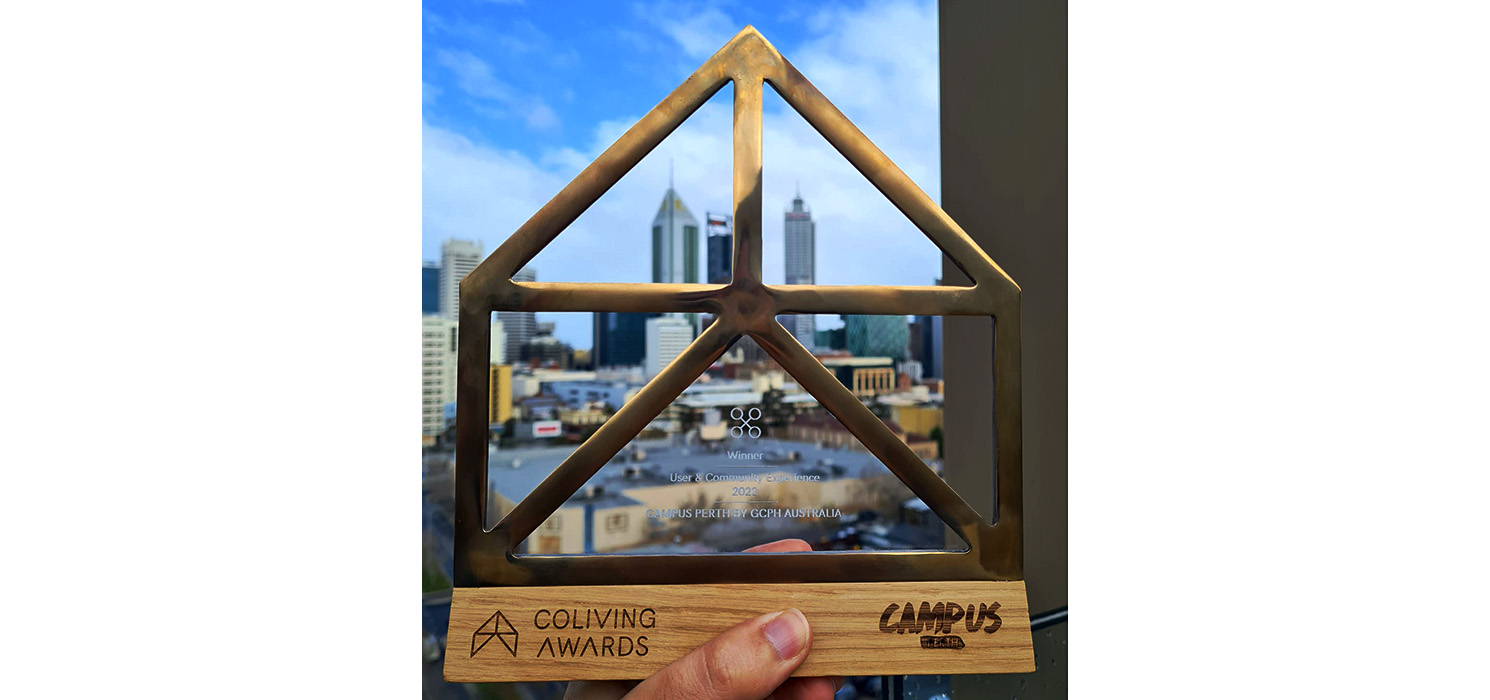
What does a typical 'First Day' look like for a new member?
All of our residents receive a ‘Welcome Pack,’ no matter what time or day of the week they arrive. These welcome packages will contain the basics of information about the city, the daily routine at Campus Perth, snacks, and how to download our internal app. It’s almost a survival kit. Within 24 hours, one of the Resident Advisors will reach out to the new arrivals and provide them with further information about our building, events, and operations in general. They will also offer some support and potentially introduce residents with similar interests.
What events or experiences at Campus Perth do members enjoy the most?
In four years of operations, I can say that we tried a bit of everything in terms of events. We’ve developed good partnerships around the city that offer discounts on activities like bowling, go-karting, indoor rock climbing, basketball, etc. We also run quiz nights, escape rooms, and amazing races inside our building, all organised by our team.
However, the yoga and cooking classes are definitely the special ones. They have been taking place since our first month of operations, and the attendance numbers have been great since then. Yoga classes take place once a week in our gym studio, and the cooking classes are once a month in our communal kitchen, which fit up to 40 people.
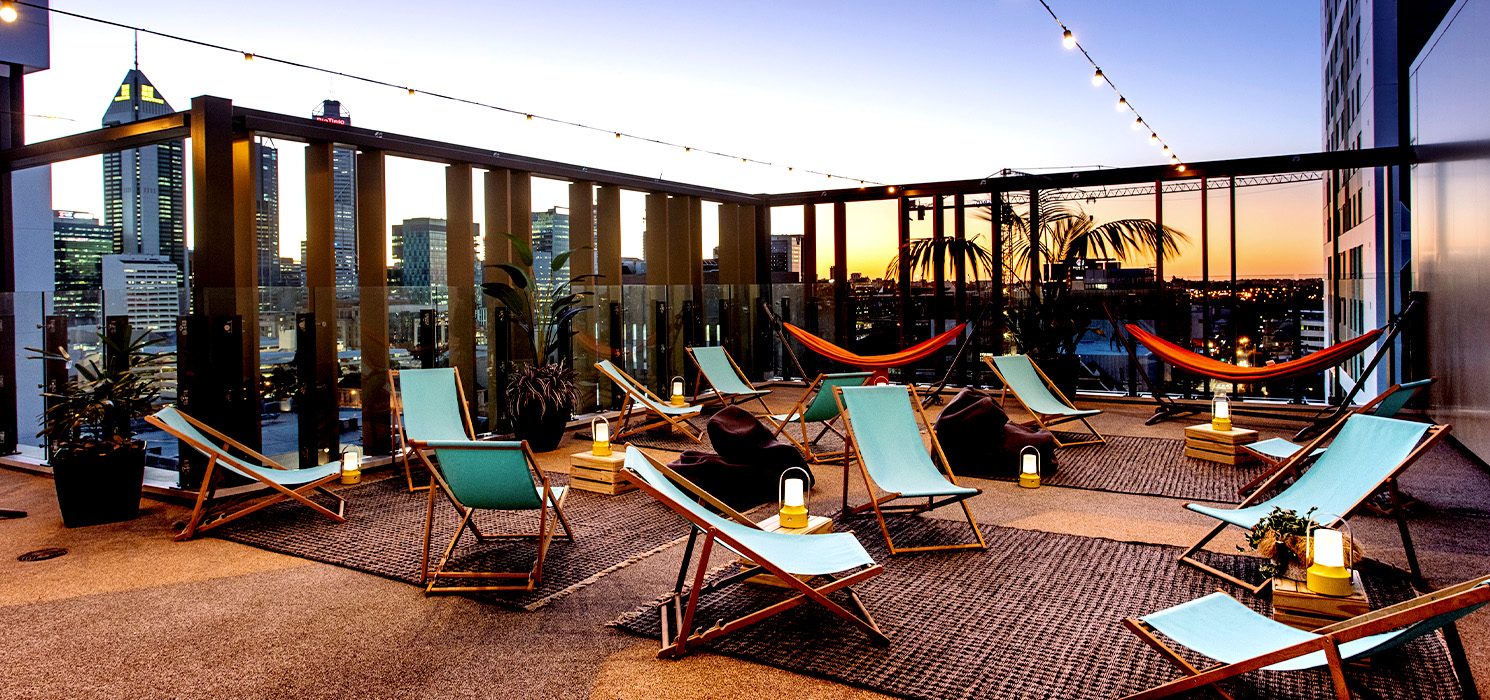
How does tech play a role in the User Experience at Campus Perth?
We try to make our residents' connection and communication as quick and straightforward as possible. The development of the Amigos app, which is the Campus Perth app, became a vital factor in this integration. Our residents can access all internal communication, events, reception hours and talk directly with our team.
For example, through the app, they can speak about something that's not working with our maintenance team, raise a question to one of our Resident Advisors or discuss their payments with the front desk. On top of that, we also have a building covered in projectors, video games, TVs and more, all integrated and controlled from your phone or computer.
You seem to have a lot of international students who choose Campus Perth. When it comes to onboarding, does your User Experience differ for international students vs local students?
Luckily, we have a very international team. It’s easy for us to understand different cultures, languages and backgrounds. Our local students might have parents who visit on the weekends, they already have friends in the city, so it’s a bit easier.
But, when you talk about international students, many of them are away from their families for the first time. They’re looking to make new friends, they’re attending more events. But, it really depends on the person. We have to adapt and change and see what’s needed.
When I first moved to Australia, I was an international student, and I had to experience all of the traumas that go along with that. And sometimes you definitely need a hand to succeed and to get somewhere. And I missed that hand a few times. So, I try to do as much as I can in terms of like, ‘Okay, you’re not alone. Let’s do this together. I’ve been in your place. It’s a bright future ahead, so let’s go.’
It’s not just about giving someone a room, and saying ‘good luck’, it’s about following up, making them understand that we’re here for them.
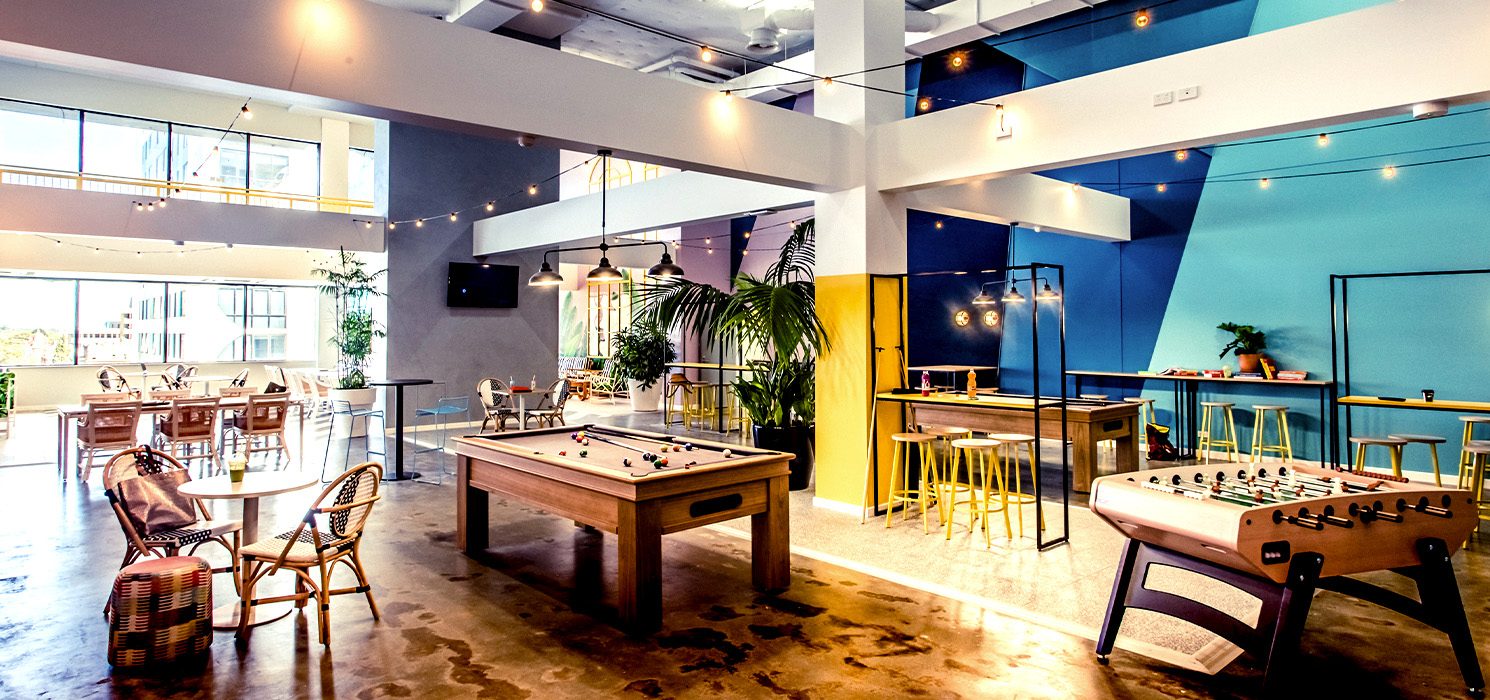
In conclusion, it’s easy to see that Campus Perth is doing something incredibly special within their community. (And, the waitlist on their site suggests that the demand is certainly there for this type of elevated student accommodation.)
Innovative shared living brands like Campus Perth are raising the bar for what a coliving experience can look like. And, in doing so, they are raising customer expectations. As the industry continues to grow, those who have a thoughtful, connected UX/CX will continue to thrive, and those who don’t will be left behind.
The future of shared living is in the hands of those who want to create a modern, connected, wellness-driven experience and provide a more social way of living. And, if you ask me, the future of coliving is looking bright.
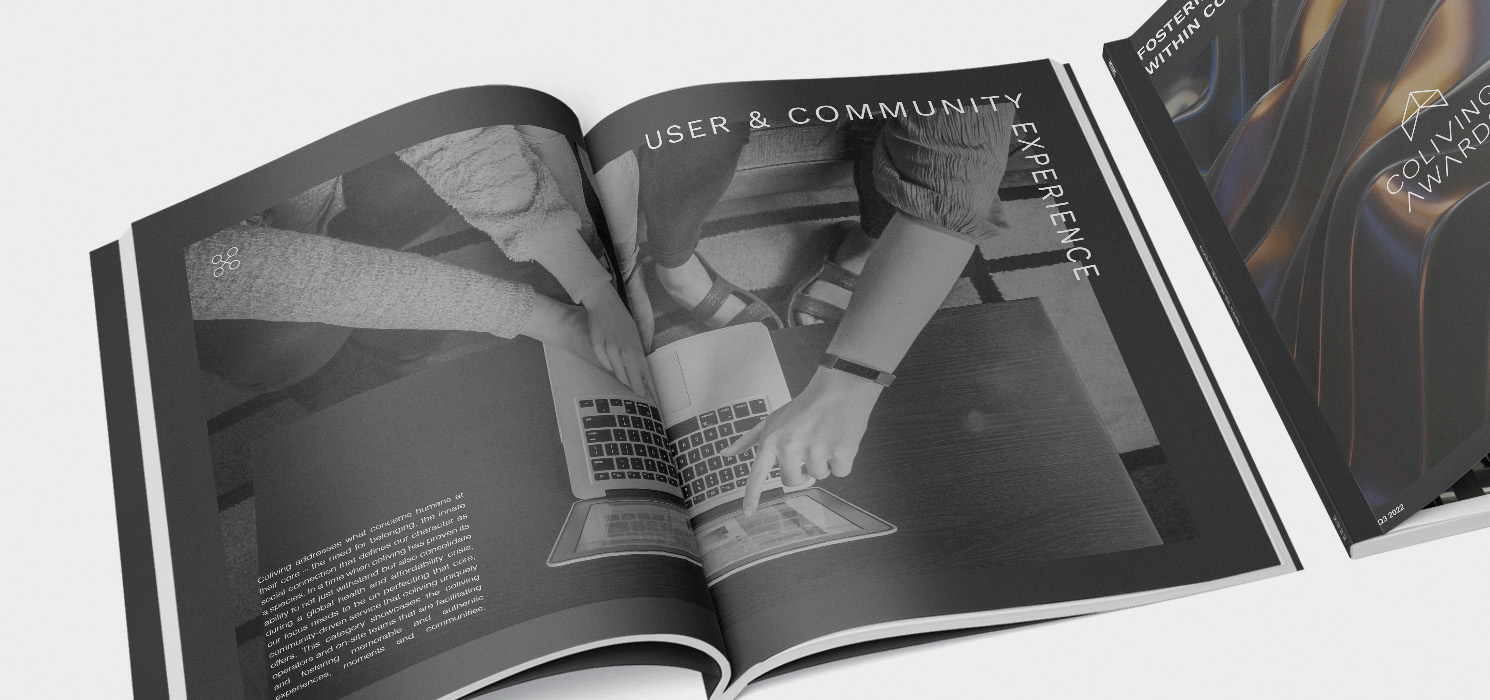
The Coliving Awards recognized innovators across the coliving industry in 15 different categories including interior design, proptech, branding, content/media and more. To see a full list, and many more info of winners and finalists, download the latest version of Coliving Insights.
Keep an eye out for the fifth of our Coliving Series which will focus on coliving adapted for later life, the need for more senior coliving projects and how to modernise/normalise shared living as we age.
For more information on how you can offer your residents a seamless customer experience, contact our team of experts here.
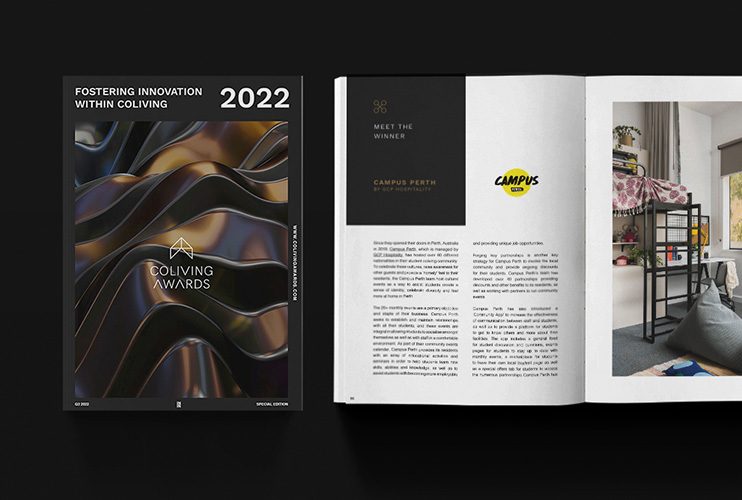
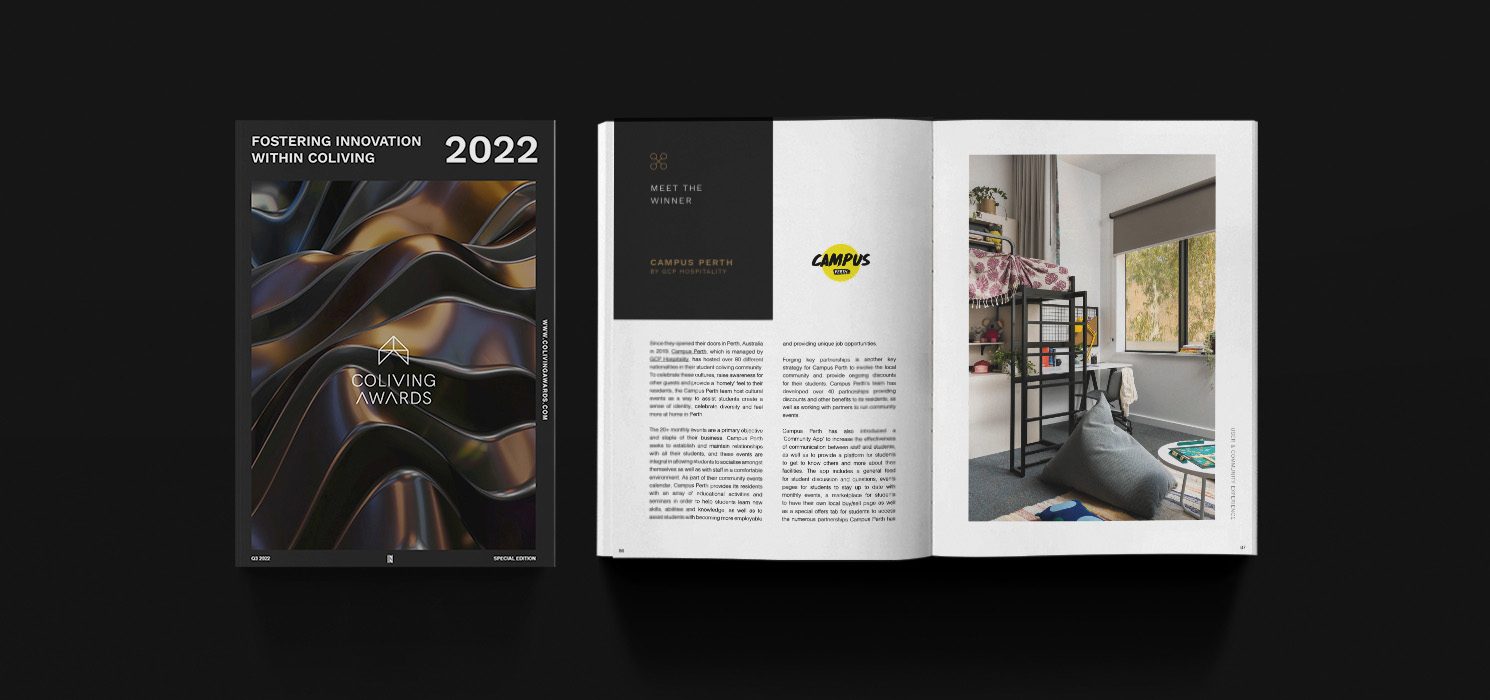
The Benefits of Coliving: A SALTO Partner Spotlight
In the third instalment of our 6-part Coliving Blog Series, we dive into the ingredients that make up a successful and modern coliving experience.
We've partnered up with one of the best guest experience coliving consultants to launch a 6 part monthly blog post series. In the third instalment of our 6-part Coliving Blog Series, we dive into the ingredients that make up a successful and modern coliving experience. Our expert coliving consultant and Community Experience Specialist Leah Ziliak shares her recipe below!
Imagine this: You've just arrived in a new city. You've found yourself on your own, with a fresh start, and so many possibilities. Sounds exciting, right? While the thrill of exploring a new place might keep you busy for a while, in the end, you spend most of your days alone in your apartment, working from your home office. You quickly find yourself caught in the usual routine: work, eat, TV, sleep and repeat.
Not exactly the dream life abroad you pictured in your mind. Sure, it would be nice to go out and meet people after work, and to feel more engaged with your new neighbourhood, but where do you even begin?
The truth is, making friends as an adult is hard. It's intimidating, time-consuming and requires a great deal of energy. Even if you manage to connect with someone at the gym or a meetup event, it can take months or even years to form a solid friend base in a new place.
Why anybody would choose coliving?
So, what's the alternative? Let me give you a concrete example:
Well, imagine this: You've just arrived in Dubai, but instead of relying on traditional booking systems to find accommodation, you've chosen to live at HIVE Coliv, a brand new coliving community in the heart of the city. You drop your things off at your fully-furnished, private apartment, and the in-house community facilitator gives you a tour of the space.
The dedicated coworking space is buzzing with activity, and you notice others opting to work from cozy couches throughout the building. A group of people are chatting at the rooftop pool and are about to start up the BBQ. There's an open mic night that evening, and another resident, that you’ve only just met, insists you come along.
At the end of the day, you find yourself laughing with new friends and making plans for the weekend. You've been here less than 24 hours and you've found more than just a place to live, you've found your people, you've found a sense of belonging, you've found a home.
That’s the impact that a shared living experience can have on a person.
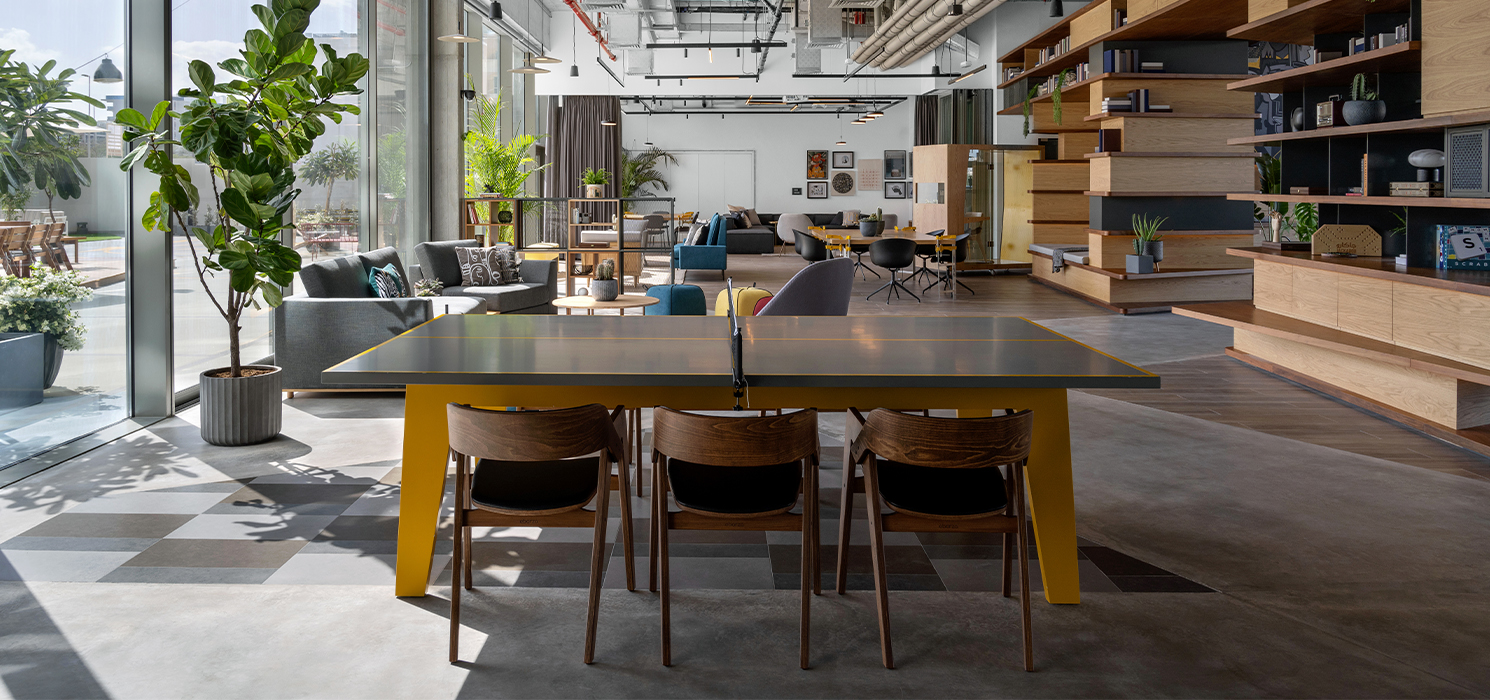
SALTO client, HIVE is a perfect example of what modern shared living can look like. Creating not only gorgeous living spaces for its residents, but engaging, dynamic spaces that connect. With a focus on wellness, sustainability, convenience, flexibility and connection, HIVE is one of the operators in the coliving industry who are changing the way people live and work.
For years, apartment living meant sharing walls with neighbours you hardly ever saw. But, forward-thinking companies see the value in creating something much more impactful. Providing opportunities for social connection and personal growth is the new norm, when it comes to contemporary shared living.
With a strong focus on the user experience, modern coliving brands seamlessly weave positive experiences into the lives of their residents. How does a person feel when they enter a room? What does a person experience when they arrive? How can we connect our residents in an authentic way?
To set the stage for a really great coliving experience, operators have thought of every little detail of the user experience. And, it’s what sets them apart from the rest.
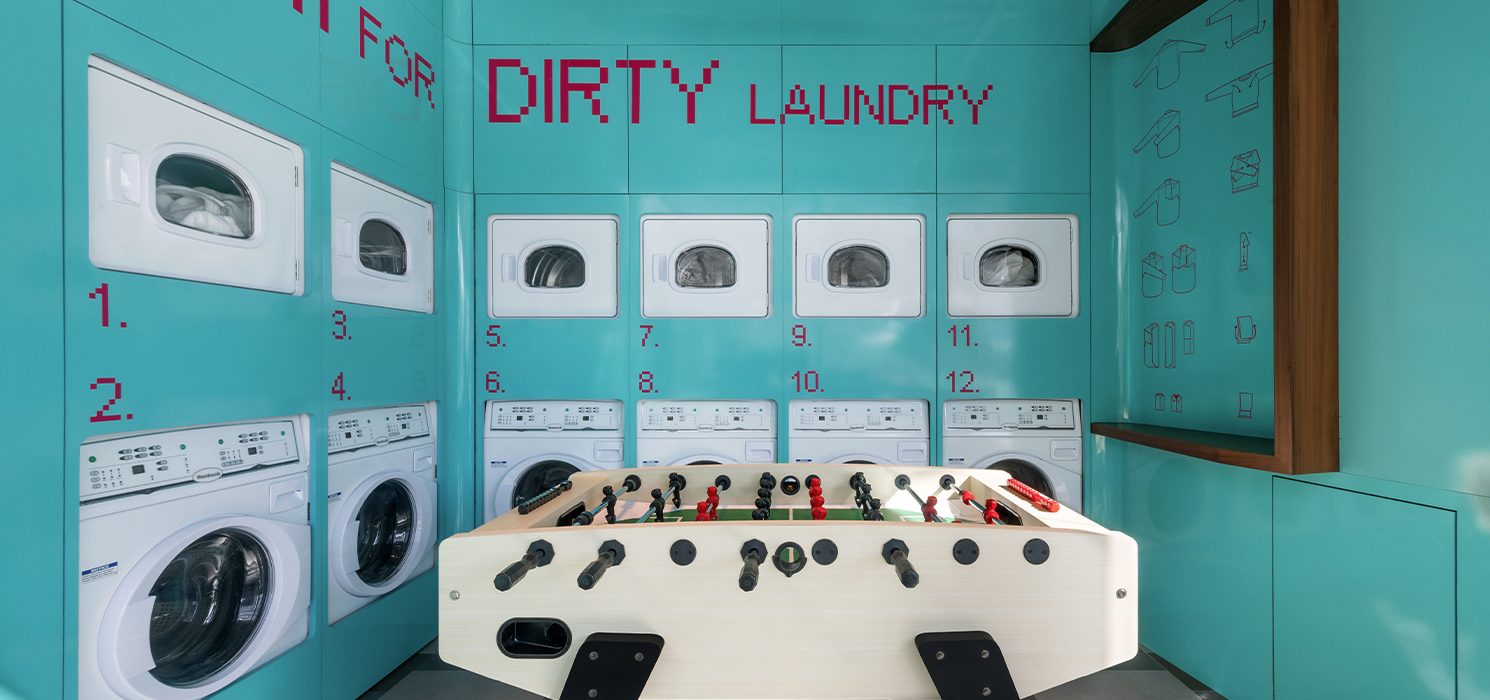
Benefits of choosing Hive Coliv
Step inside HIVE's 120-unit flagship property in Jumeirah Village Circle, and you'll quickly see how people could be drawn to the space. With a rooftop pool, open-air cinema, library, gamer’s room, coworking space, fitness centre and even a pet grooming facility, it’s packed with amenities. But, it's about much more than simply a beautiful building. Every corner has a purpose, and its purpose is to connect.
From the moment a resident walks in, they feel an instant sense of connection to the community. From the shared chef’s kitchen to the cosy living spaces nestled throughout the building, each space gives residents the opportunity to socialise and interact if they so choose. And, if you aren’t feeling particularly social, remember that there’s always the option to retreat to the peace and quiet of your private apartment at any point. It’s the perfect blend of social interaction when you want it and private space when you don’t.
Technology, Salto's locking system
HIVE’s strong focus on flexibility and convenience is a major appeal to their modern digital-savvy audience, as it makes life easier in so many ways. From the very beginning, HIVE saw the need to integrate tech within the space and began collaborating with partners to improve and streamline the coliving experience even further.
HIVE uses SALTO’s locking system, delivering seamless access control and better experiences for its users. Residents have keyless access to their private apartments as well as all communal spaces.
“We don’t have any traditional key systems. We have digital locks throughout the entire building,” notes HIVE founder, Bass Ackermann. “Residents have fobs, but they can also use their phones for access. They can also grant people remote access. It’s quite a novel feature in our region…and something that tenants really enjoy and find very useful.”
Residents can also access the community app to find out about events, meet their neighbours and help them better utilise the building. HIVE has also incorporated heat mapping to identify where the most popular spaces are located, and at what times they are busiest.
Flexibility/Convenience
The community is designed to be more flexible, convenient, and socially connected than traditional living arrangements. Residents can enjoy a variety of amenities and services that make life easier and more comfortable. With flexible leases, all-inclusive monthly bills and ‘plug and play’ furnished apartments, residents have the ultimate freedom to create a living solution and an experience that works for them.
Connection
Finding your place in a city like Dubai can be difficult, especially if you’re one of the 200,000 expats that move there every single year, looking for a sense of home. HIVE makes it easy to find opportunities to connect with a full weekly social calendar.
For example, this week you can hang with your neighbours and their pets at the “Breakfast & Doggos Meet-Up.” Or, join in on “Yoga with Tijana,” and follow it up with Taco Tuesday celebrations…because, we all need a little balance, right?
“How we’ve designed the space was always to facilitate the community, and not impose community,” notes Ackermann.
And, it’s clear they’ve done their job well. Although there is an in-house full-time community facilitator, much of the programming is user-generated; meaning members are more than just passive participants in a busy event schedule. Residents are choosing to actively participate in growing and building the community themselves. This is what real community is all about.
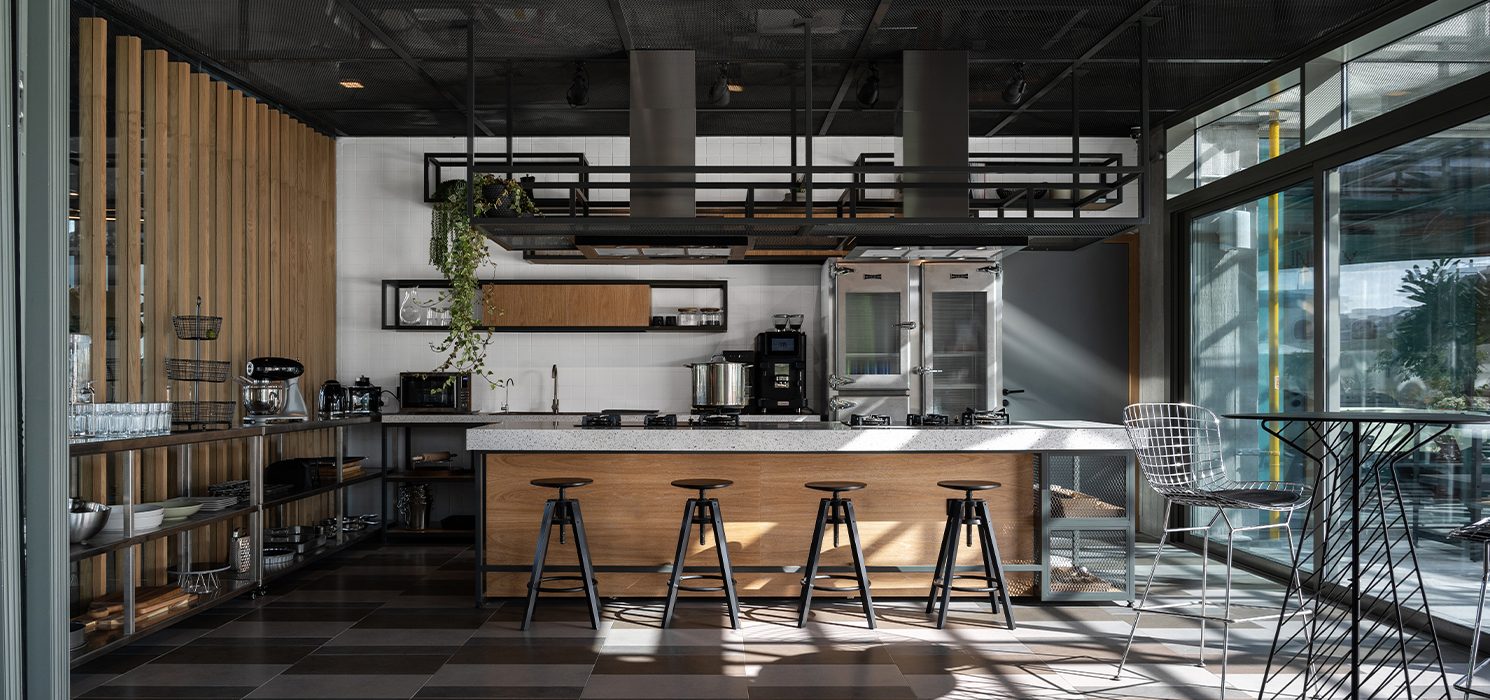
What makes a solid coliving user experience?
Well, if you were to follow the above approach (and I suggest you do,) you make life easier in every way. You”ll make a person feel at home. Because, when our interactions are easier, more natural and more intuitive, we do tend to feel at home, don’t we?
From keyless entry enabling us ease of access to our apartments, to design that makes social connections feel effortless, modern shared living is giving people what they want; comfort, connection, ease and most importantly, a sense of belonging.
Coliving is more than just shared living. For those lucky enough to experience it in spaces like HIVE, coliving is community. Coliving is home.
Keep an eye out for the fourth of our Coliving Series which will focus on community experience and will also feature the winner of the latest edition of the Coliving Awards in a special category supported by SALTO.
Discover how you can offer your residents a great experience with the seamless keyless experience for Shared Living Spaces.
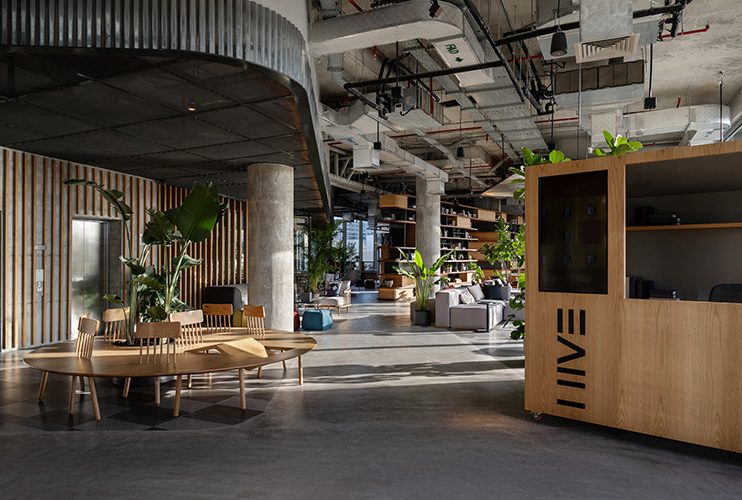
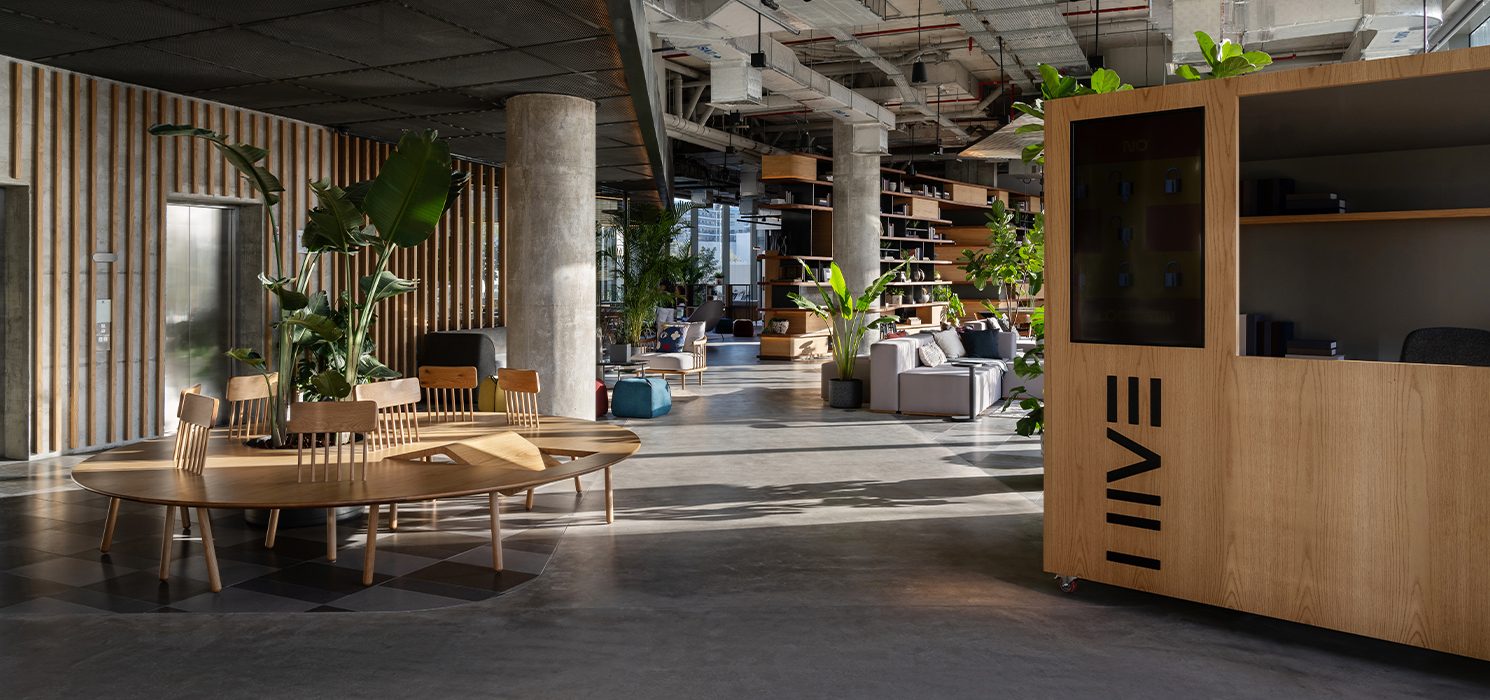
Hybrid Hotels: meaning and hospitality opportunities
In the second post of our 6-Part Coliving Blog Series, Leah shares how the Hybrid Hospitality trend is changing the way we think about travel and hospitality.
Coliving Consultant and Community Experience Specialist, Leah Ziliak is one of the world's leading experts in the industry. In the second post of our 6-Part Coliving Blog Series, Leah shares how the Hybrid Hospitality trend is changing the way we think about travel and hospitality.
Working from the rooftop of a trendy hotel in Cape Town with 200 Mbps internet, a dedicated call room, and a barista serving up the perfect flat white, it's easy to see just how much the hospitality world has changed over the last decade. Remember when the 'business centre' of a hotel meant a couple of clunky desktops facing a beige wall with a printer?
With a coworking space, community events, group fitness classes, and even a mini movie theatre and a popcorn machine, this is more than just a hotel; it's an experience. A Hybrid Hospitality experience.
Hungry? Scan a QR code at your coworking desk and the cafe downstairs will deliver your falafel wrap and cold-pressed juice right to you. Bored? Download the community app and you’ll see a list of social events to choose from. Stressed? Book a massage using your smartphone and easily access the spa with keyless entry.
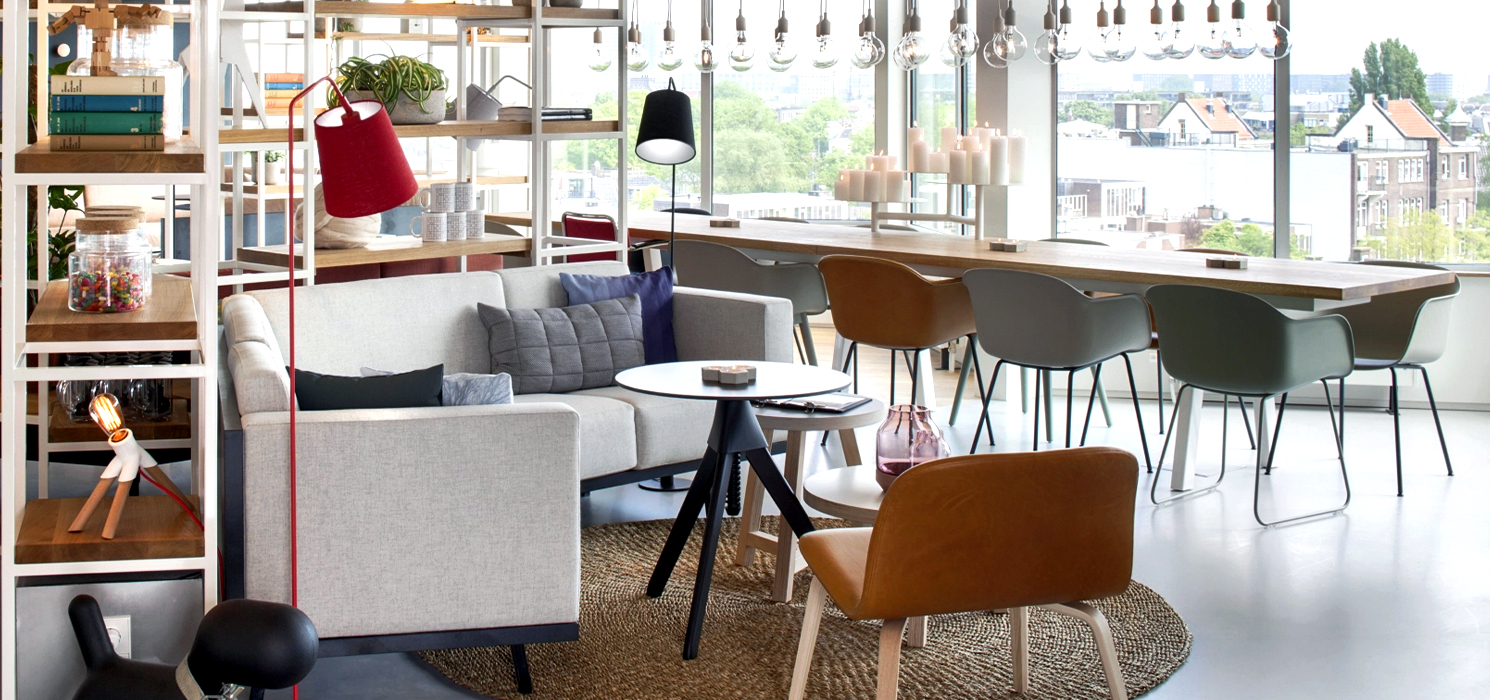
So, what exactly is Hybrid Hospitality?
Hybrid Hospitality is essentially a blend of the traditional hotel experience, with elements of the coworking and coliving spaces as well as
restaurants, wellness, retail and more. With Hybrid Hospitality, people can live, stay, eat, drink, work and socialise all in one dynamic space. Hotels, hostels, restaurants, bars and other hospitality venues are making the shift to create multifunctional spaces that foster connection and enhance the overall guest experience.
Hybrid Hospitality is a growing trend, and for good reasons; it’s enabling hotels to expand their offerings, bring underutilised spaces to life, connect guests to a community, and draw in a whole new demographic.
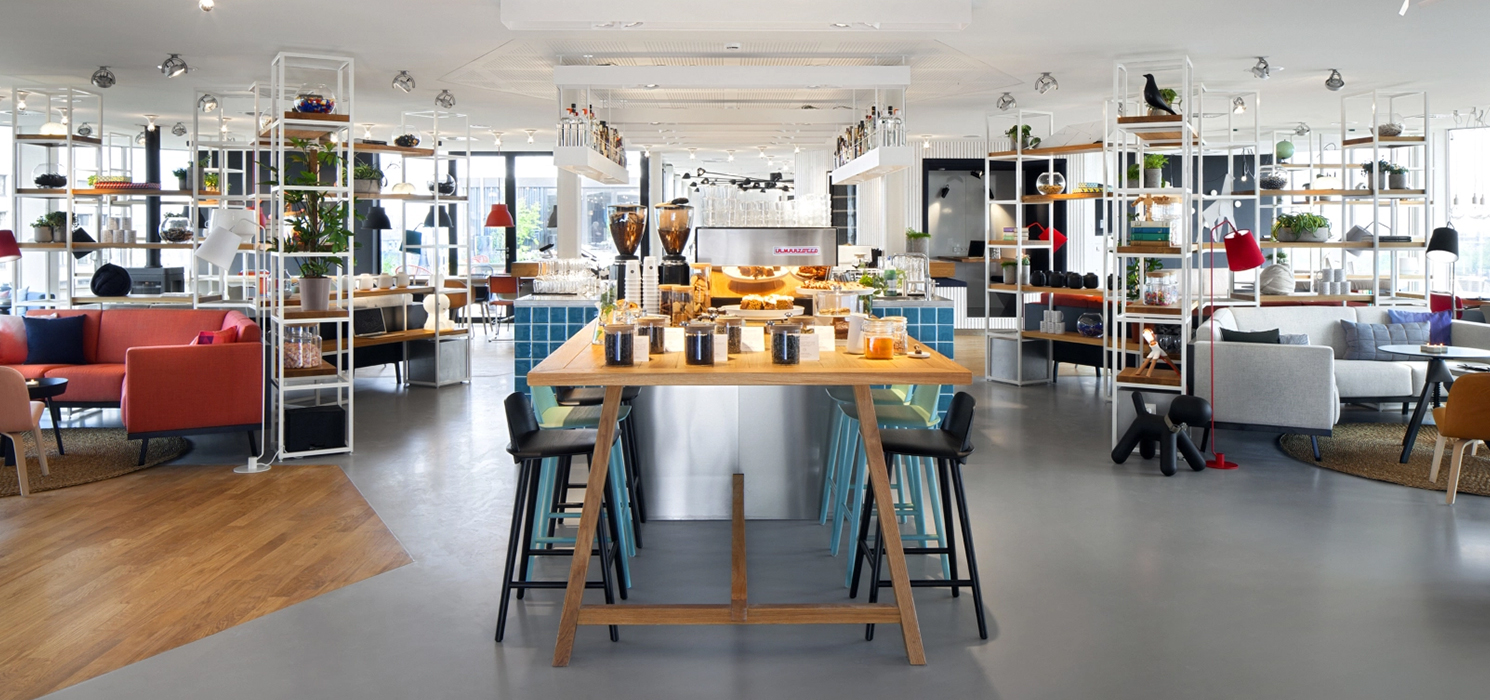
So, why are we seeing such a massive push toward Hybrid Hospitality?
- Consumer Trends:
In recent years, the hospitality industry has seen a shift in consumer trends. Millennials especially were looking for more out of the hotel experience and wanted to be part of a connected, engaging environment.
Traditionally, hostels offered a great community experience, but were lacking when it came to high-quality spaces and superior hospitality experiences. On the flip side, hotels offered great spaces and excellent hospitality, but lacked any sort of community or connection.
Because of this, we saw innovative hostel brands listening to those needs and creating a more elevated experience, offering work-friendly environments, well-designed spaces, private room options, and expanding the typical backpacker demographic.
We also saw hotel brands focusing on community, events, neighbourhood integration, keyless access solutions for increased flexibility, and rethinking common areas to create an experience that went beyond just a comfy bed and room service.
- The Pandemic Effect:
Since the beginning of the pandemic, we’ve seen an even greater expansion of the Hybrid Hospitality trend. The number of remote work opportunities has grown exponentially, meaning that people have more freedom to choose how/when/where they work. The work-from-anywhere movement has had a massive impact on the hospitality industry.
Why take just a weekend trip, when you can bring your laptop and make it a month-long trip? Providing guests with ‘live-and-work-friendly’ spaces enables brands to cater to these longer-term stays.
We’re also seeing a rise in remote work retreats and workations, with some companies offering travel perks to their employees, such as the ability to spend up to 6-8 weeks working from a location abroad. Employees are more mobile than ever before and the hospitality industry is ready to act as a home away from home for this new business traveller.
- Digital Nomadism:
With the rise of remote work, we’ve also seen an increase in long-term travellers. Digital Nomads often give up their homebase altogether and choose to live from different hotels, hostels, and coliving spaces around the world.
It used to be that business trips and vacations were the only reason to leave home, now for an estimated 35 million digital nomads around the world, ‘home’ is constantly changing and can be anywhere in the world. Extended travel was once only a privilege for the super wealthy, but has now become an opportunity for the everyday remote worker. Hospitality brands are adapting to the needs of this growing demographic.
Hospitality brands are adapting to the needs of this growing demographic who have a different set of requirements than your typical vacationer. Digital Nomads are incredibly well-travelled, tech-savvy and place a high value on freedom and flexibility within their living spaces.
- Expanded Amenities:
For many years, ‘hotel amenities’ were limited to a few different things - bathrobes, a gym, tiny bottles of shampoo and overpriced laundry services. But, in the modern-day hospitality world, it can (and should) be a whole lot more. And, as more and more forward-thinking brands provide these extras to their customers, expectations will be higher.
Today, amenities can mean providing guests with opportunities to socialise through community events and connecting to the city in a more authentic way. Many hybrid hospitality brands are also looking to serve as a neighbourhood hub and integrate more effectively into the local community.
Amenities can also mean implementing tech-driven services like digital check-in, keyless entry, and the ability to make restaurant or spa reservations from your smartphone to create a flawless overall experience.
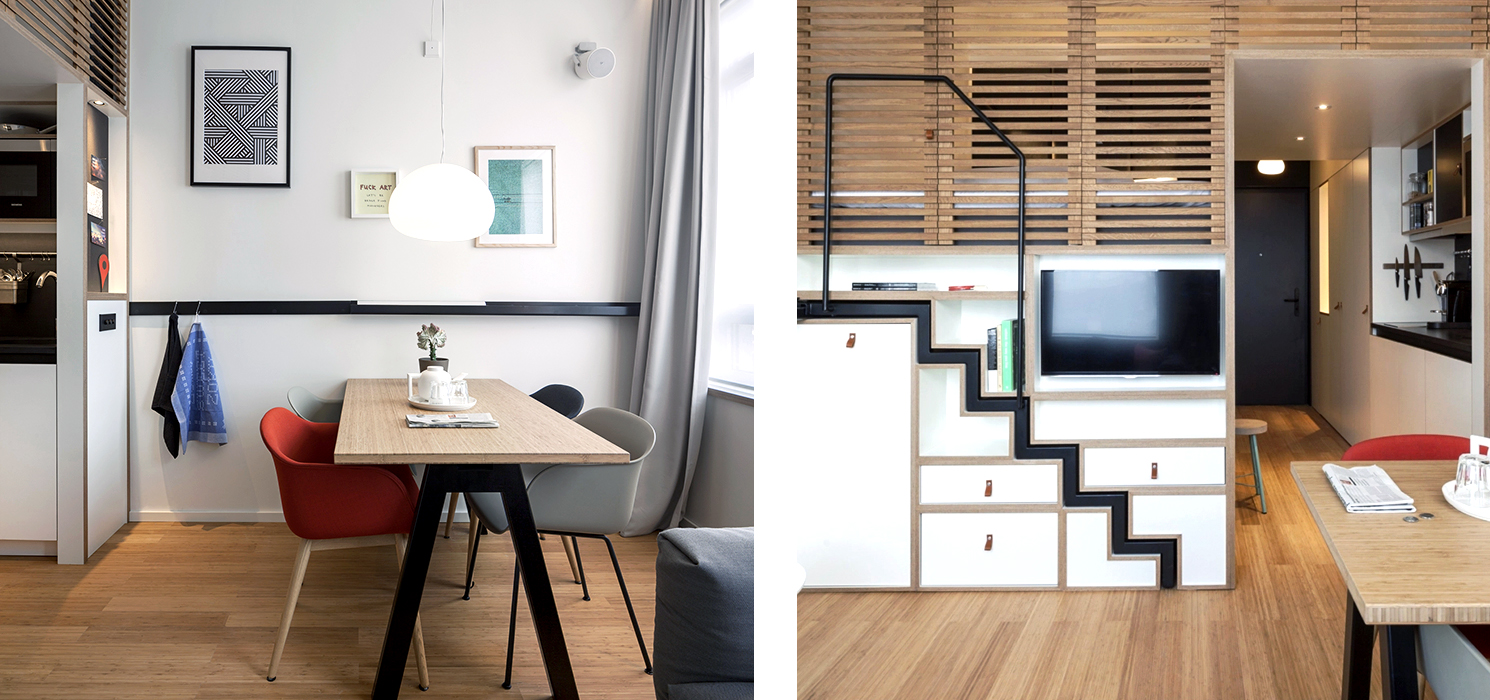
In general, this new wave of guests are looking for much more from their hospitality experiences and brands are finding unique ways to provide increased value to their customers by offering flexible workspaces and tech-driven solutions such as a digital key to access the facilities on-the-go.
With endless hospitality options out there, why not spend your money with the brands that truly align with who you are and what you need?
The Hybrid Hospitality model not only benefits consumers who now have a myriad of interesting choices at their fingertips, it clearly benefits the industry as well. By providing these unique customer-centric experiences, hospitality brands are able to generate new revenue streams, optimise their spaces, create brand loyalty and appeal to a much wider range of guests. Not to mention, they’re able to enhance their entire guest experience in a very forward-thinking way.
The coliving concept is not simply a fad that will be fast forgotten - it’s an exciting time for the entire hospitality industry, but it’s also a key turning point for brands that want to stay competitive and relevant in the future. There are plenty of spaces in the world where you can get a quiet night’s sleep and a decent meal. But, the brands that are standing out above the rest are the ones who are creating something truly unique - both functional and engaging. It’s a whole new modern hybrid world out there and the smartest brands are here for it.
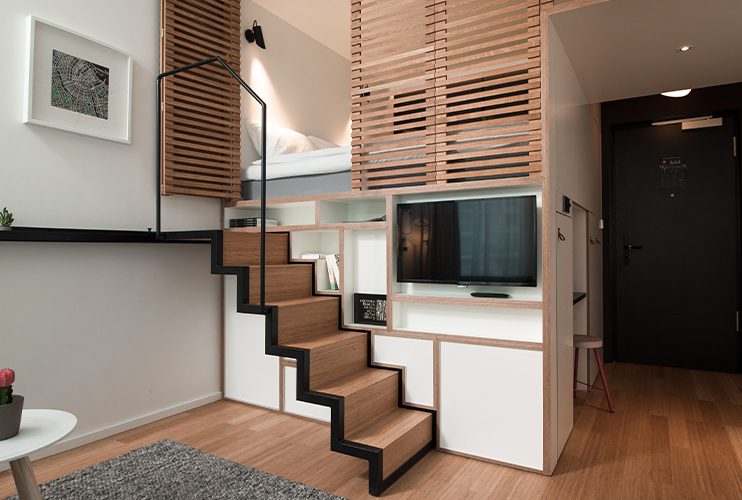
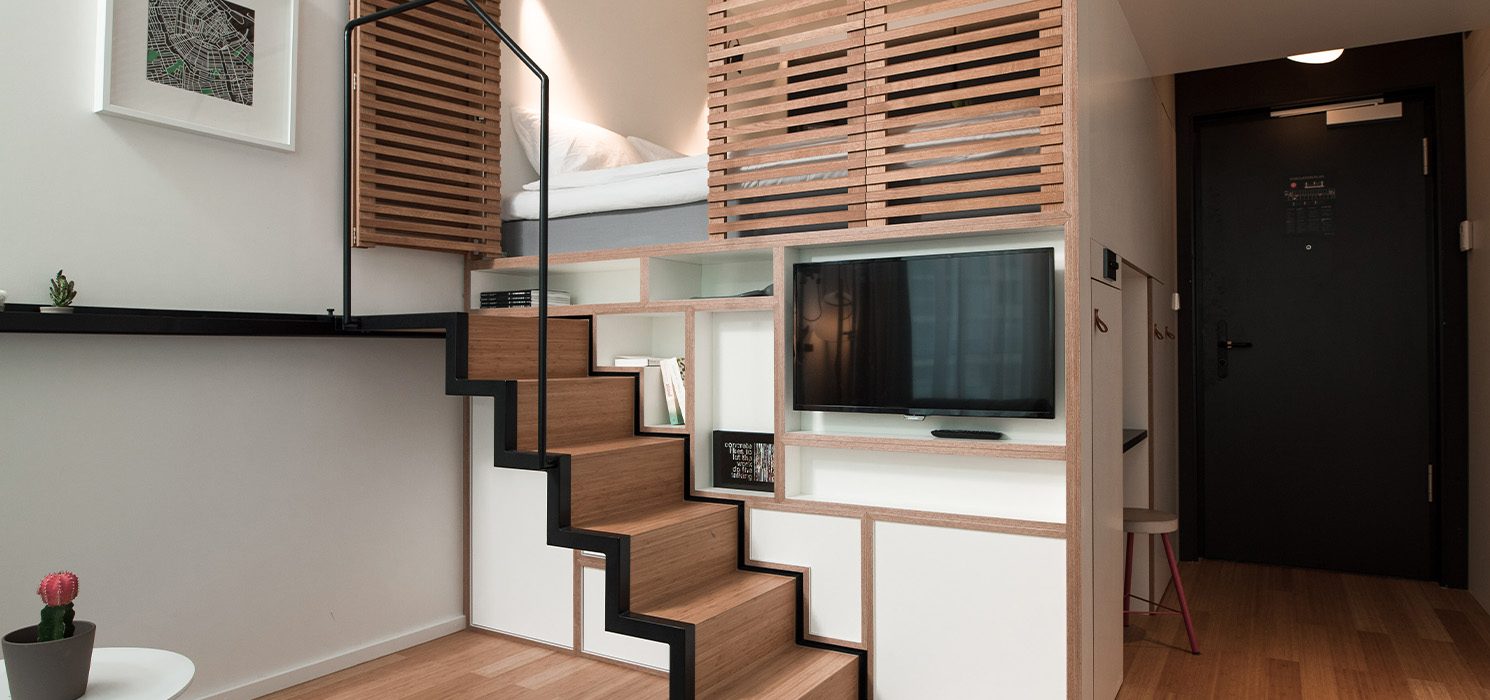
Salto launches integrated Technology Partner Program
We are now thrilled to announce that we are offering other best-in-class technology leaders the opportunity to partner with us for an integrated and improved customer offering.
Salto Systems offers cutting-edge smart access technology to businesses for a complete smart building experience.
We are now thrilled to announce that we are offering other best-in-class technology leaders the opportunity to partner with us for an integrated and improved customer offering.
Why to become a Salto Technology Partner?
Salto’s Technology Partner program empowers best-in-class technology companies to link into our access control Technology Platforms and integrate and certify their solutions within Salto's smart locking product portfolio.
As such, we are looking for third-party systems to integrate with our smart access technology architecture with the aim of improving any type of facility’s operations in terms of efficiency, flexibility, and security. Our aim is to provide you and your customers with the ultimate smart keyless living experience.
Technology partners will benefit from these integrations by delivering comprehensive solutions that unite smart access control, security, building automation, software, property management software, operations, and more, in an all-in-one integrated technology platform.
In a nutshell, by partnering with Salto, companies can offer improved access control solutions for their customers and overall operations enhancements for complete building management.
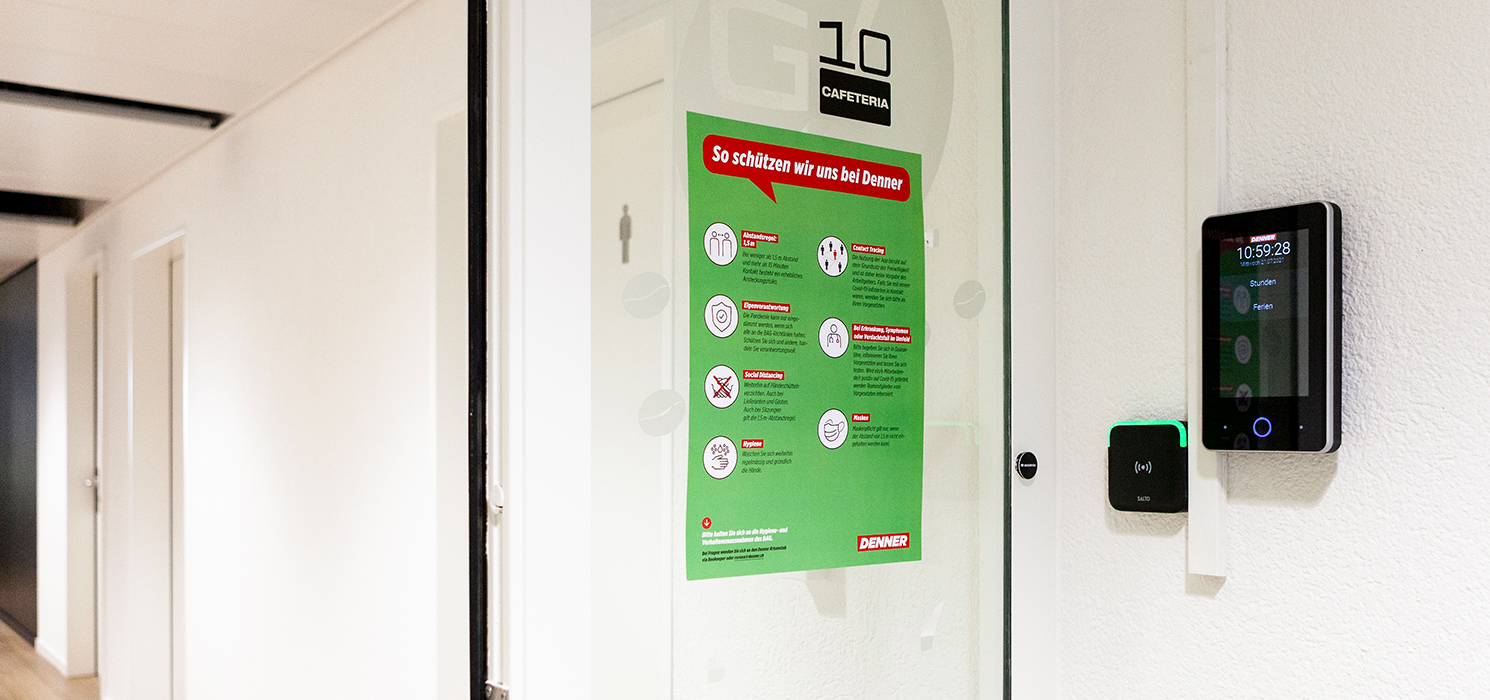
Salto offers a range of solutions to technology partners
Through the SaltoTechnology Program, our partners will have access to the following solutions:
- Smart access experience, delivering seamless, keyless building experiences to users.
- Wireless technology for electronic locking solutions via an on-premise network or the cloud.
- Mobile device access and digital key solutions.
- Secure and robust performance across all products. Salto is trusted by industry-leading companies worldwide and offers this peace of mind to potential partners.
Salto’s Two Main Solutions
Salto was the early leader in cloud-based access control technology and has become a major player in keys-as-a-service providers over traditional access control solutions, accelerating digital access transformation projects. The Salto portfolio now includes world-class software management, cloud solutions, and mobile applications for businesses of all types and sizes.
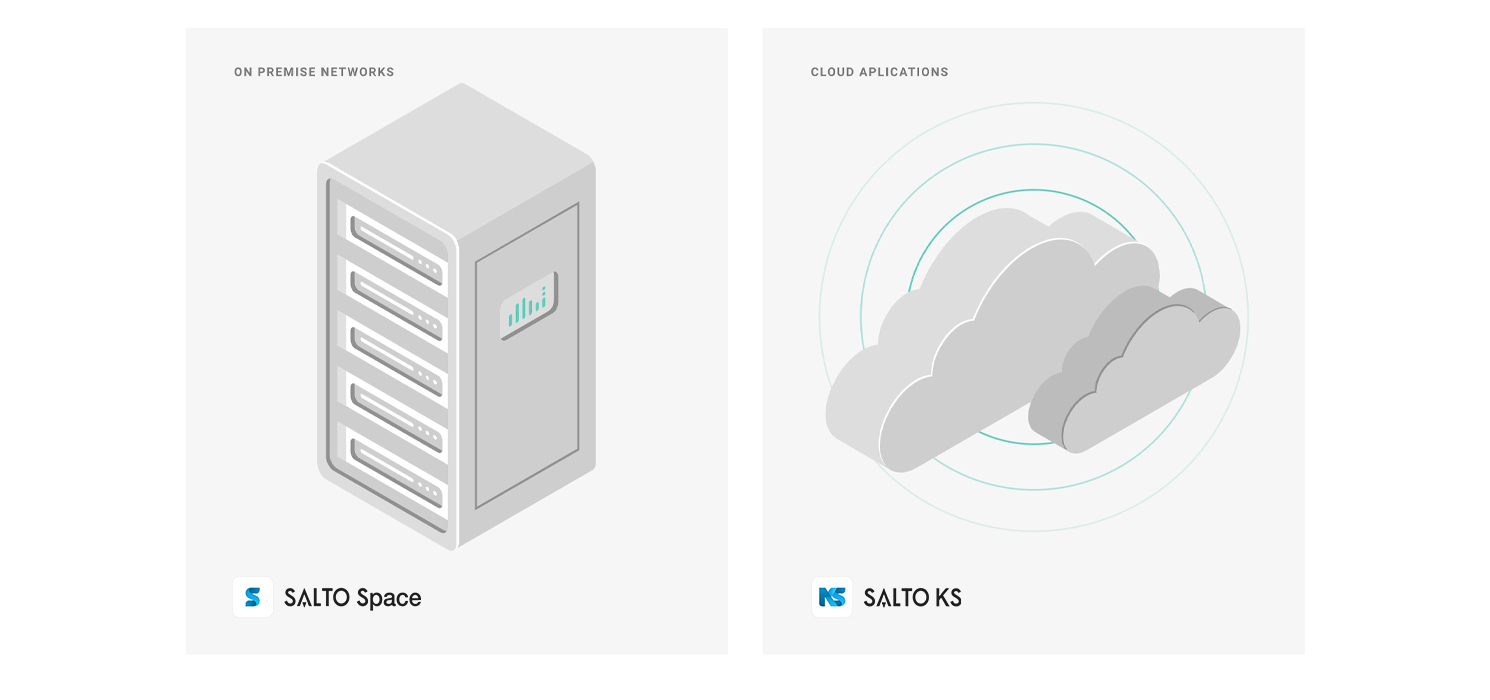
- Salto Space: Technology partners can benefit from Salto’s stand-alone, virtually networked, wired, and wireless online smart access control platform
Salto Space is a fully-integrated, stand-alone wire-free smart-locking platform and web-based software management system that brings seamless access to every door in any building in an efficient, flexible, safe and secure way.
Our partners are offered a smart access control on-premise platform that’s designed to work in a wire-free environment.
- Salto KS: For a truly unique offering, Salto’s technology partners can make use of a scalable and flexible cloud-based smart access control solution with best-in-class real-time capabilities.
Salto KS offers proven reliability and recognized stability for our technology partners. This service provides higher functionality and performance than what is possible with a traditional mechanical key access solution.
Our Salto KS cloud-based access control product range offers a flexible solution that requires no software installation with remote management capabilities and endless integration possibilities for our partners.
Technology partners: bringing excelence to customers
Technology Partners benefit from a wide product range across numerous industries
Salto Systems offers cutting-edge solutions across a range of industries, including; Commercial, Healthcare, Hospitality, Retail, Coworking, Shared Living Spaces, Corporate Smart Offices, Fitness Centers & Gyms, and Residential.
Our current partnerships include a broad range of integrated systems, such as Property Management Systems, Check-in Solutions, Mobile Apps, CCTV Security Cameras and Video Surveillance, Intercoms, Room Management Systems, Time Attendance, Booking, Management software, Visitor / Identity Management, Elevator / Lift Control, and Point of Sale software.
Technology partners are not limited by their industry by any means. SALTO Systems is confident that we can find a smart access solution for virtually an interested technology leader.
Technology Partners have online access to Salto’s customizable smart access technologies
Salto Systems offers an online platform for partners to customize their access solutions. Our technology partners will benefit from our extensive product portfolio for their systems integration, which includes:
- Electronic Locks and cylinders for Doors: We have an extensive range of electronic door locks that make use of wireless, keyless, card access technology, as well as a range that makes use of a keypad with a unique safety code.
- Wall Readers and Controllers: Control access with sleek, easy-to-fit wall readers that offer contactless, keyless access and control.
- Locker Locks: Safely store contents with electronic locker locks that make use of pre-programmed keyless technology to give authorized users access to the locker content.

Become a Technology Partner today
Contact Salto Systems, and we will not only demo how our product works, if you’re interested in becoming a technology partner, we’ll also discuss a truly unique integration solution.
We are confident that our innovative and customizable technology will be able to support our certified Technology Partners so they may better their service offering.
Technology Partners can look forward to becoming a SALTO certified technology partner to deliver even more innovation for their brand, bringing their customers so much more in the keyless living experience.
Learn more about becoming a technology partner and sign up today
